Projects from Master's Degree in Design Research
Desplegando el mantel. Encarnando un cuidado interespecie
by María José Escobar
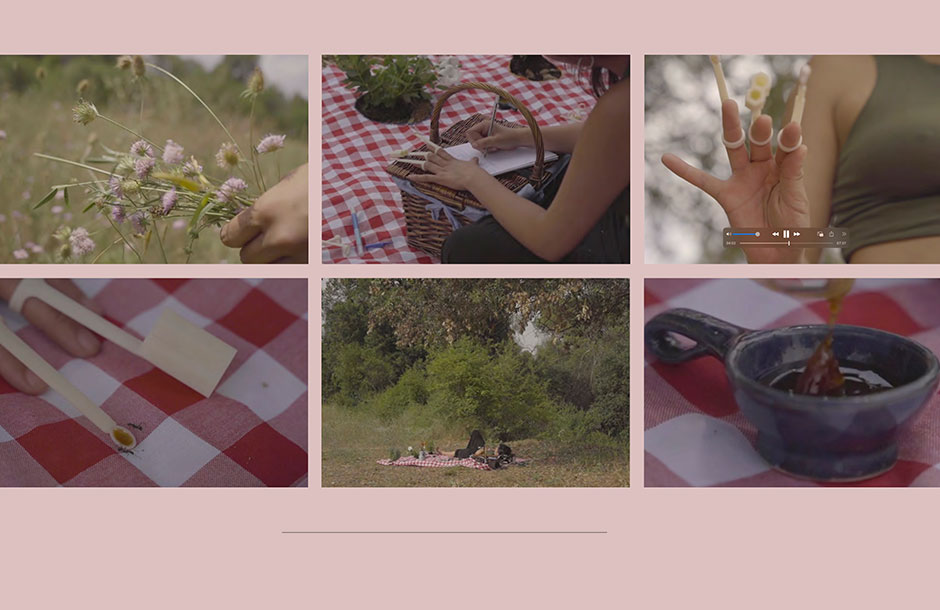
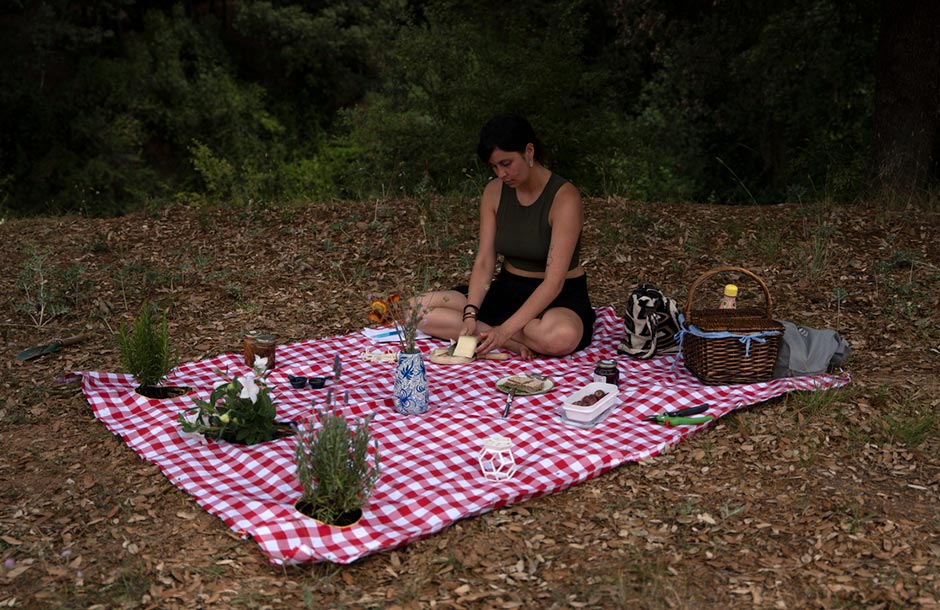
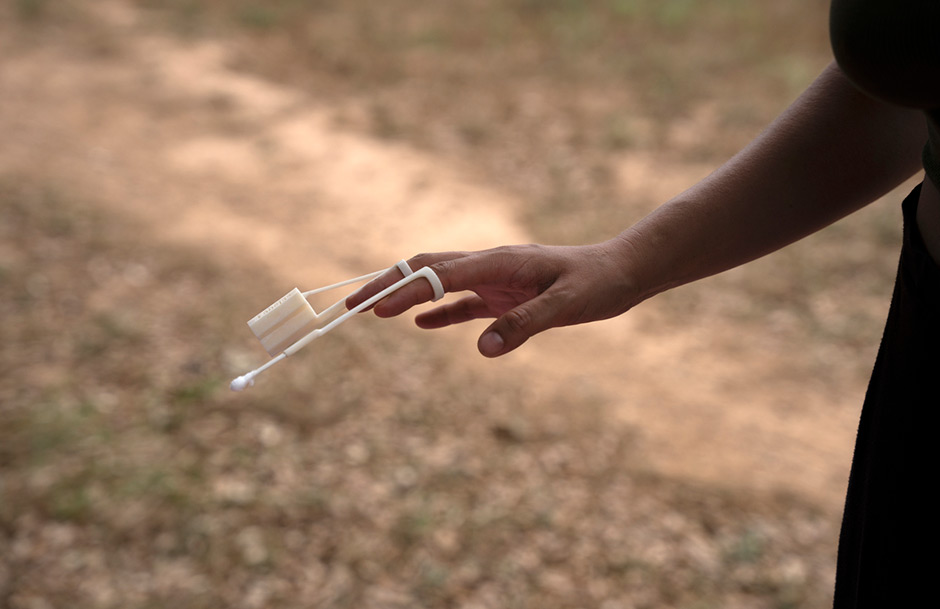
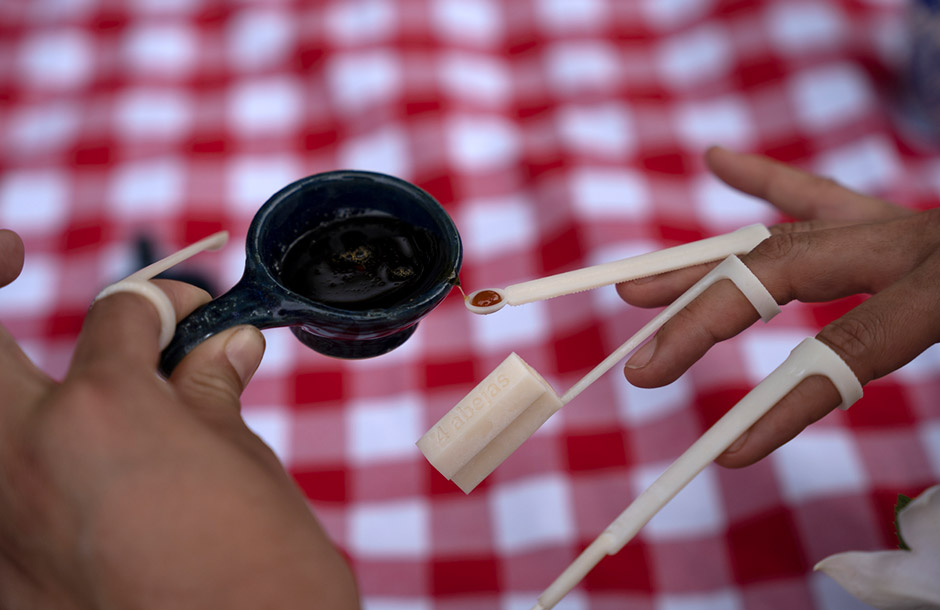
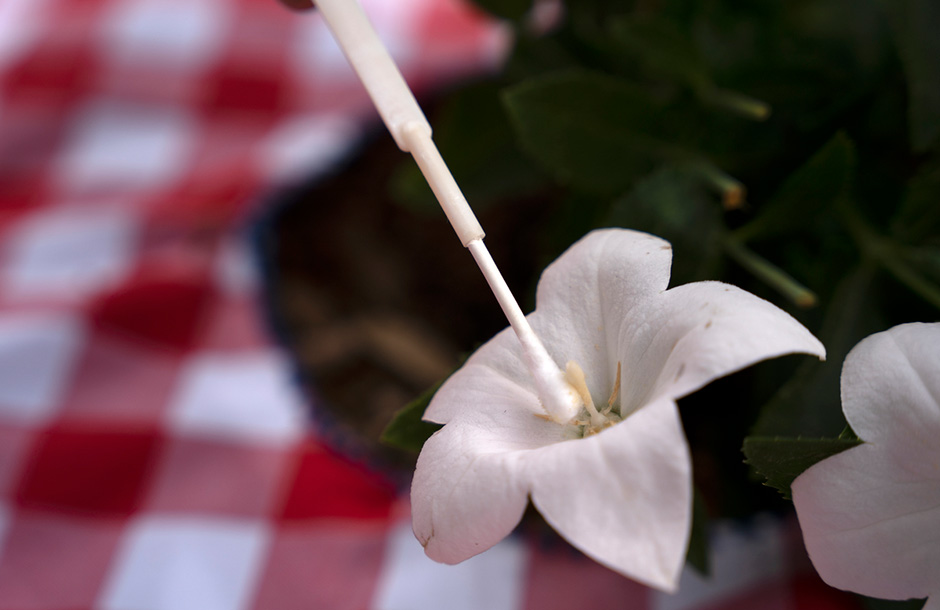
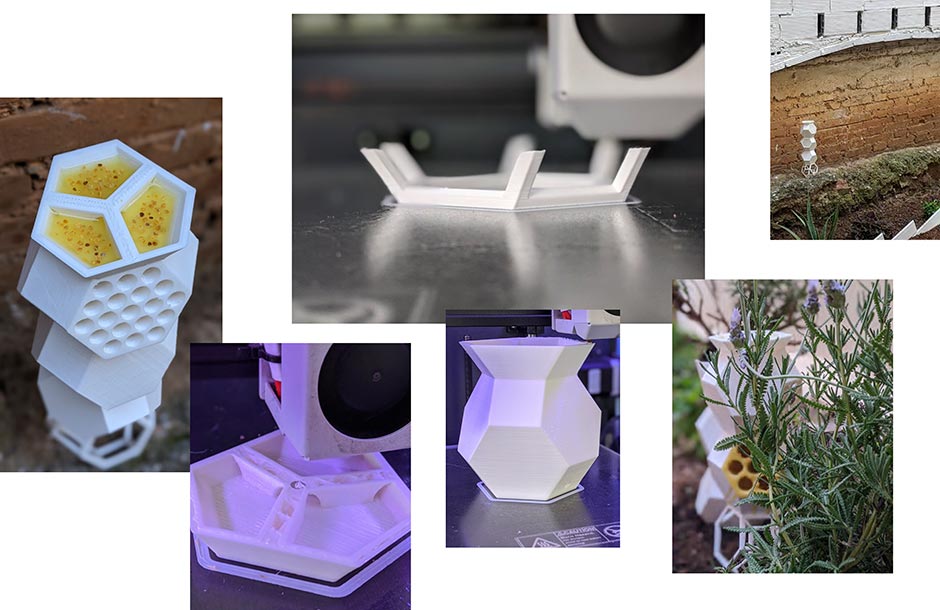
22 Bloques
by Pau Ruiz
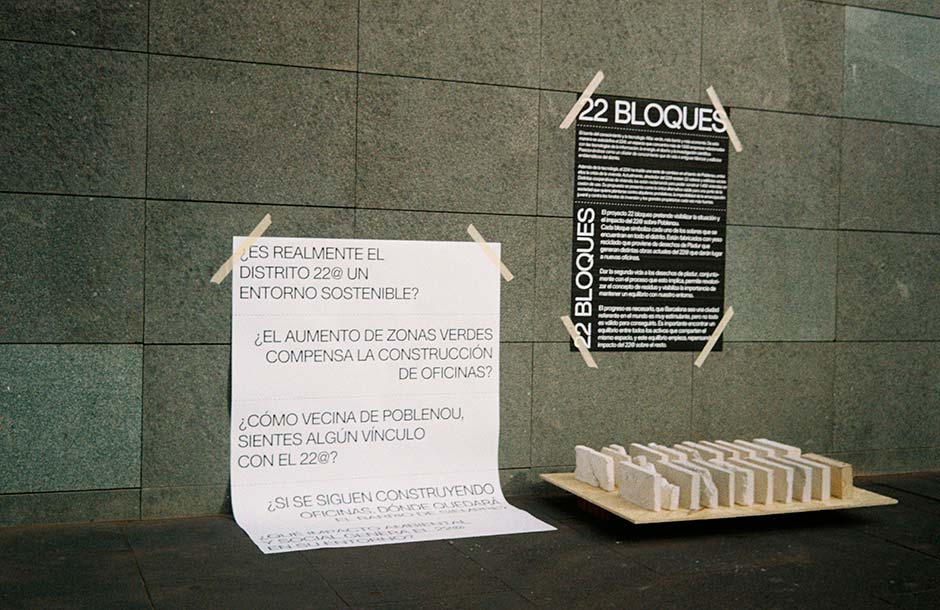
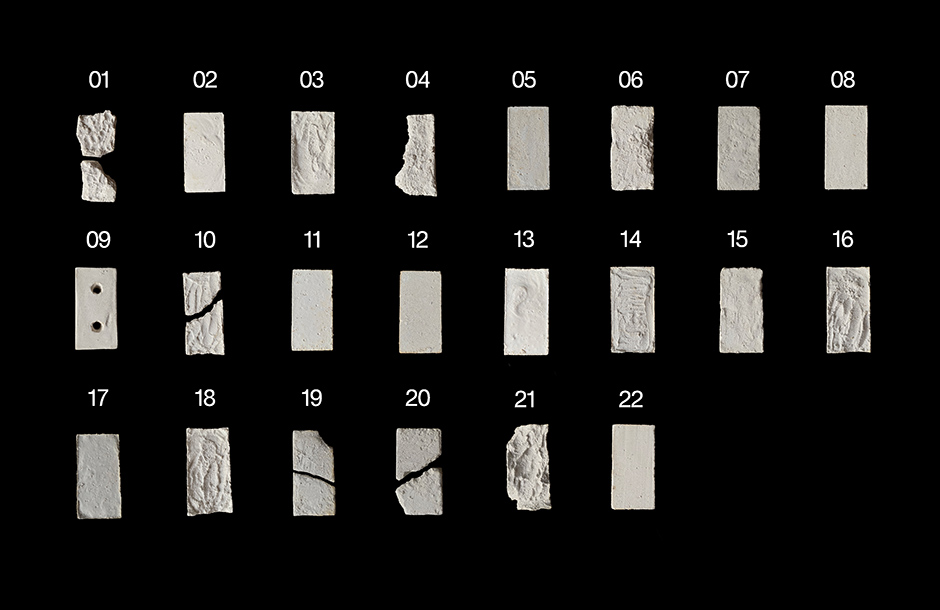
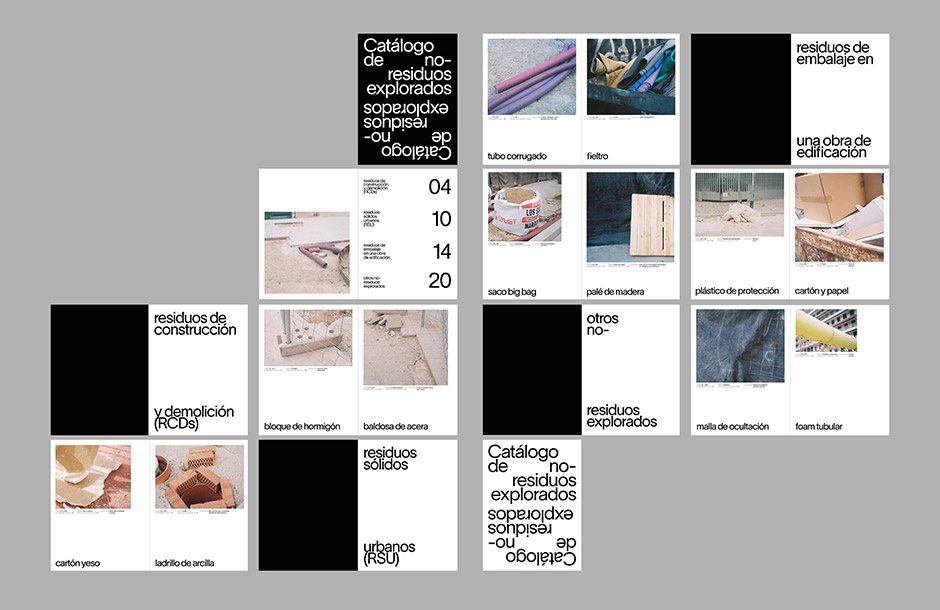
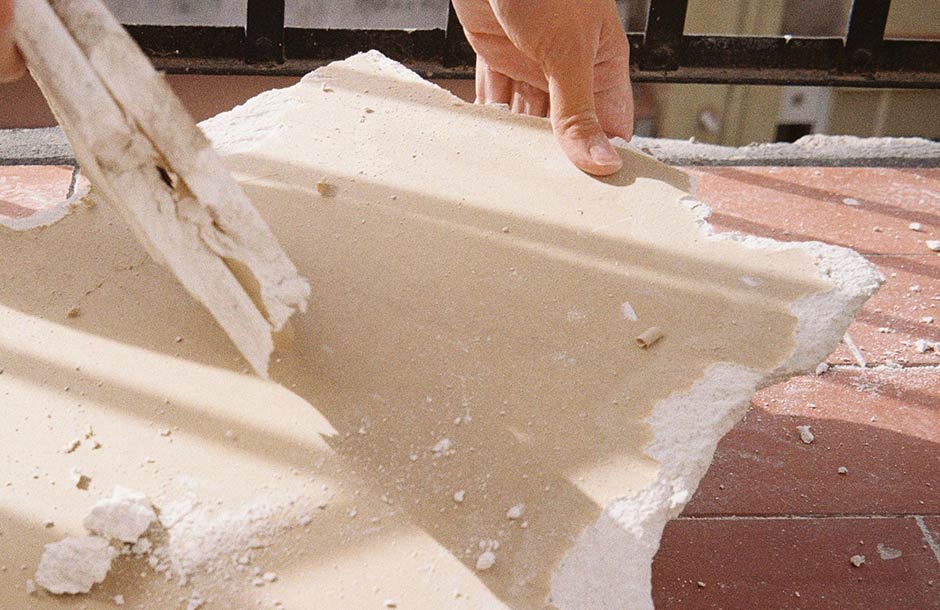
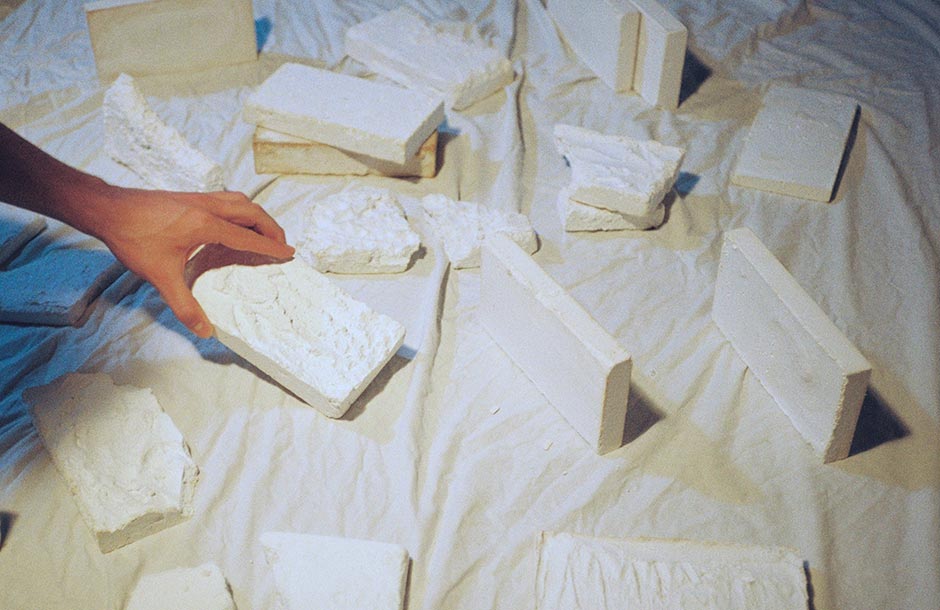
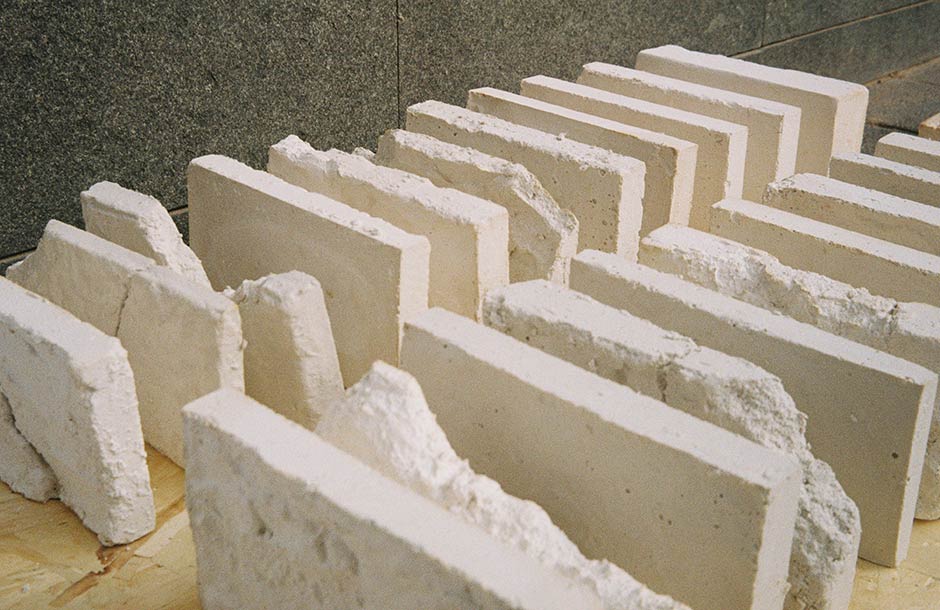
Las Pilares de la cocina: Intimidades, cuidados y saberes colectivos
by Santi Benítez
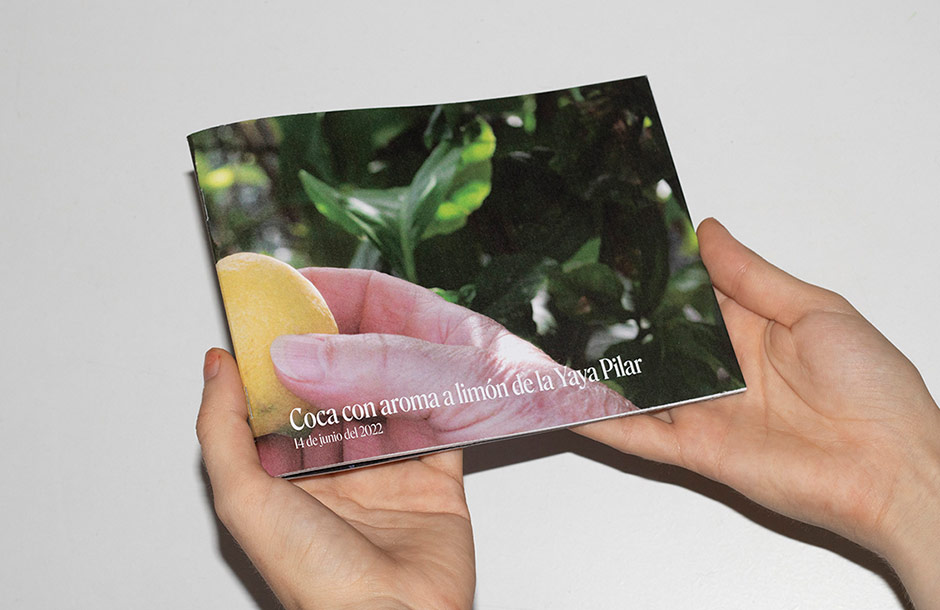
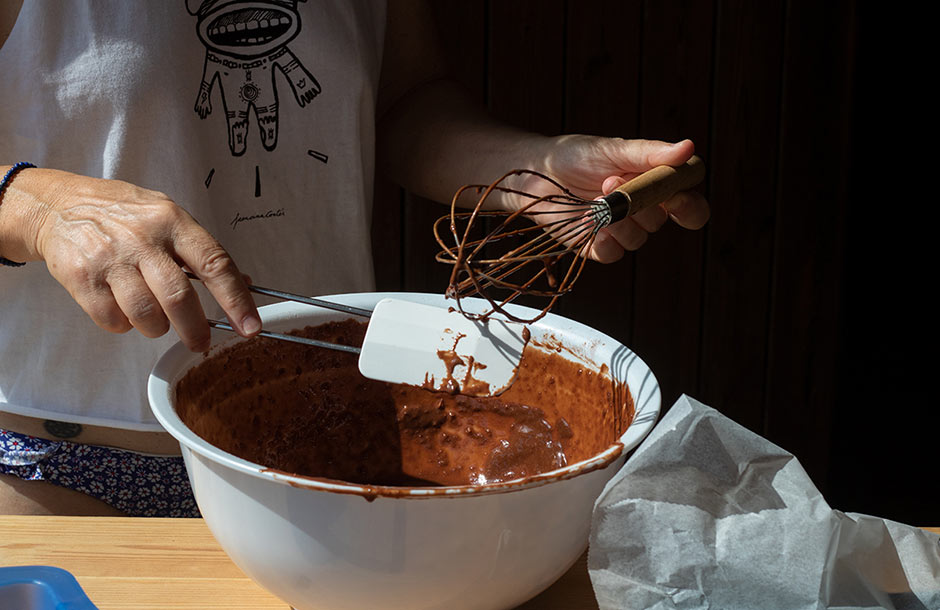
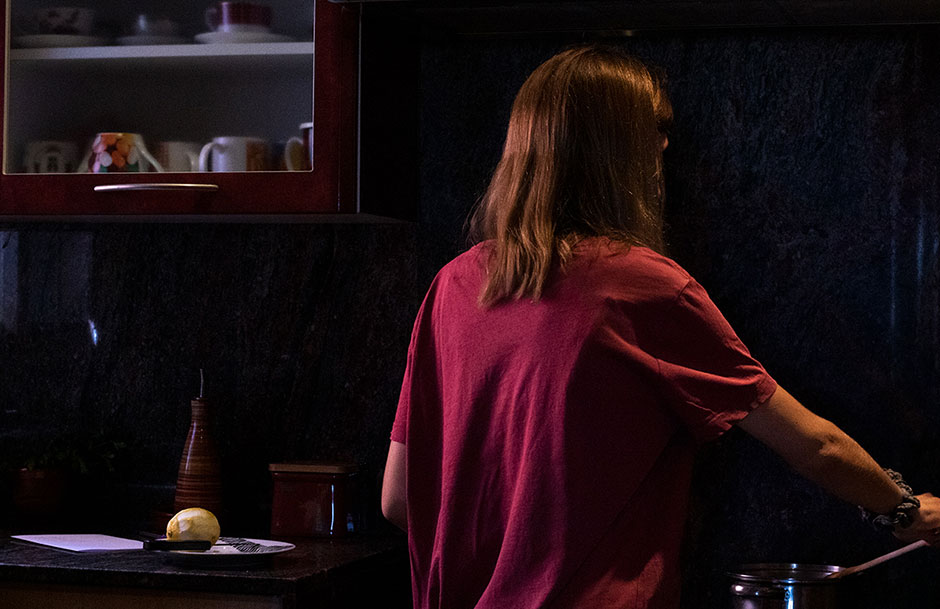
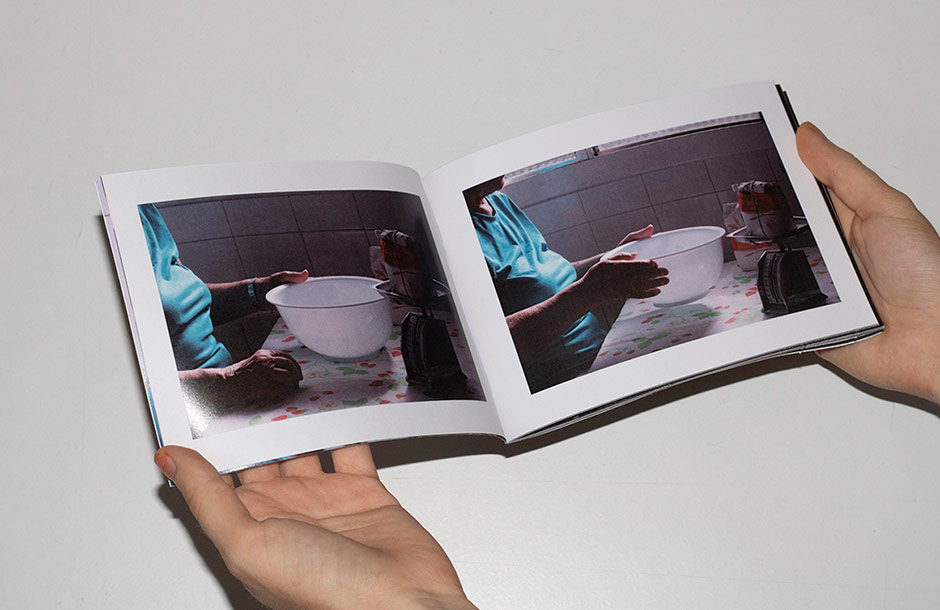
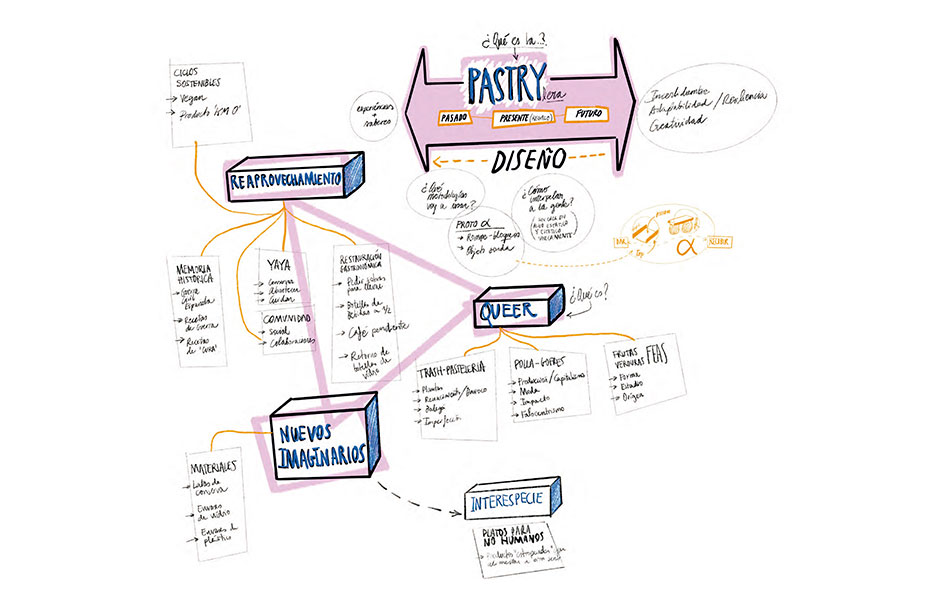
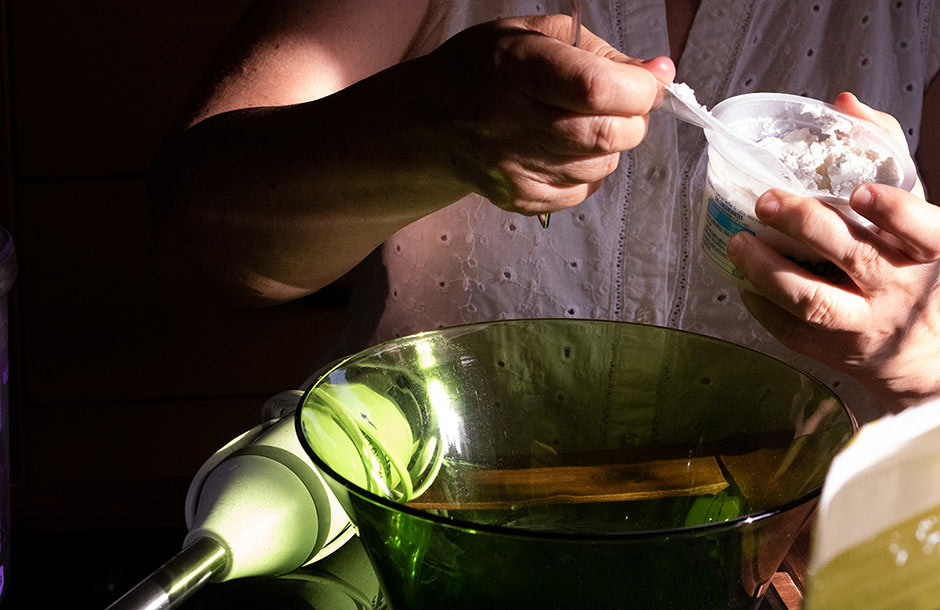
El Jardín de Elementos Botánicos Permanentes de Barcelona
by Blanca Fernández
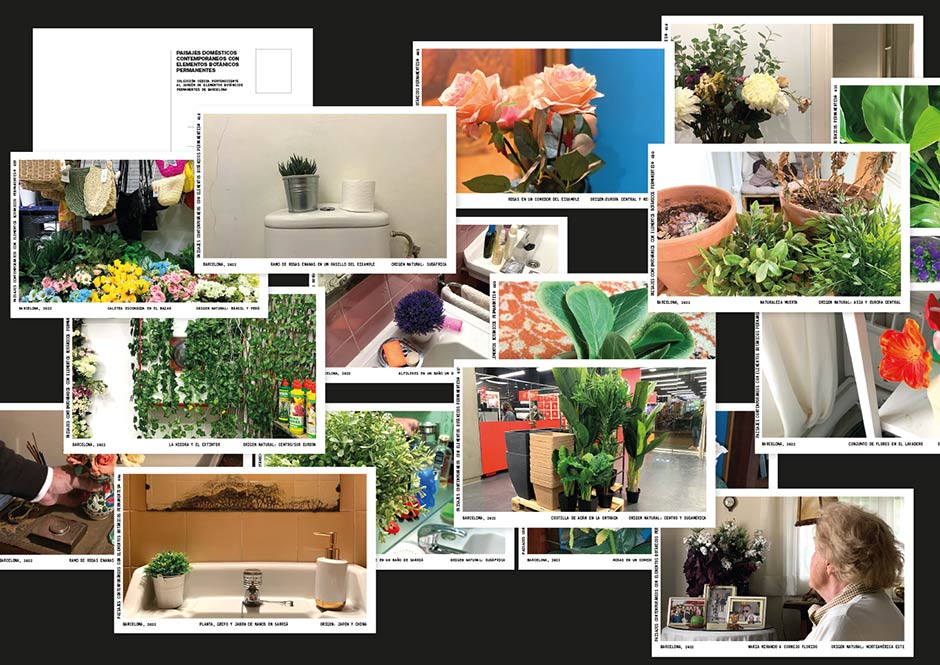
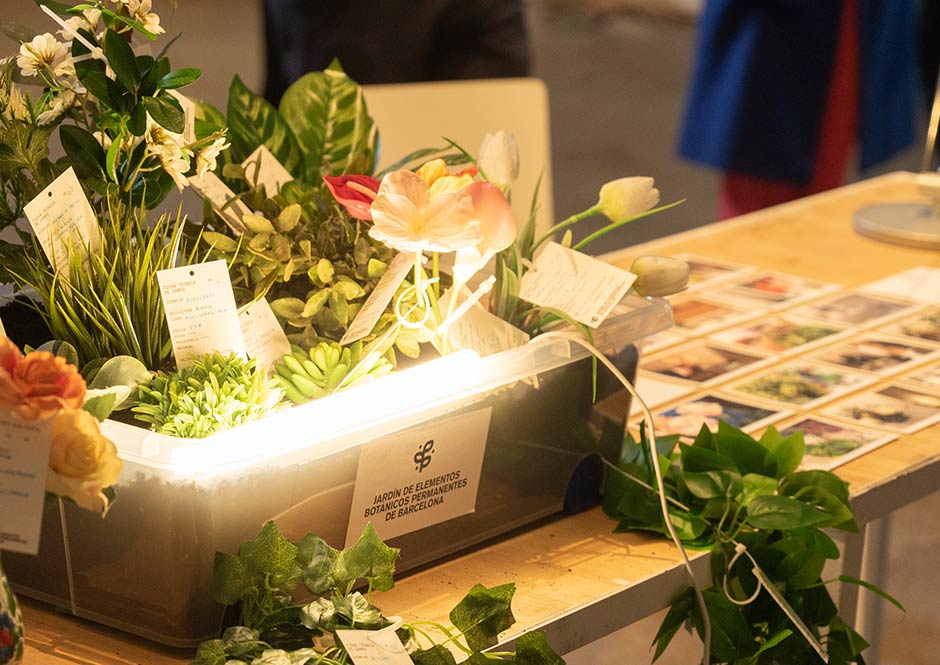
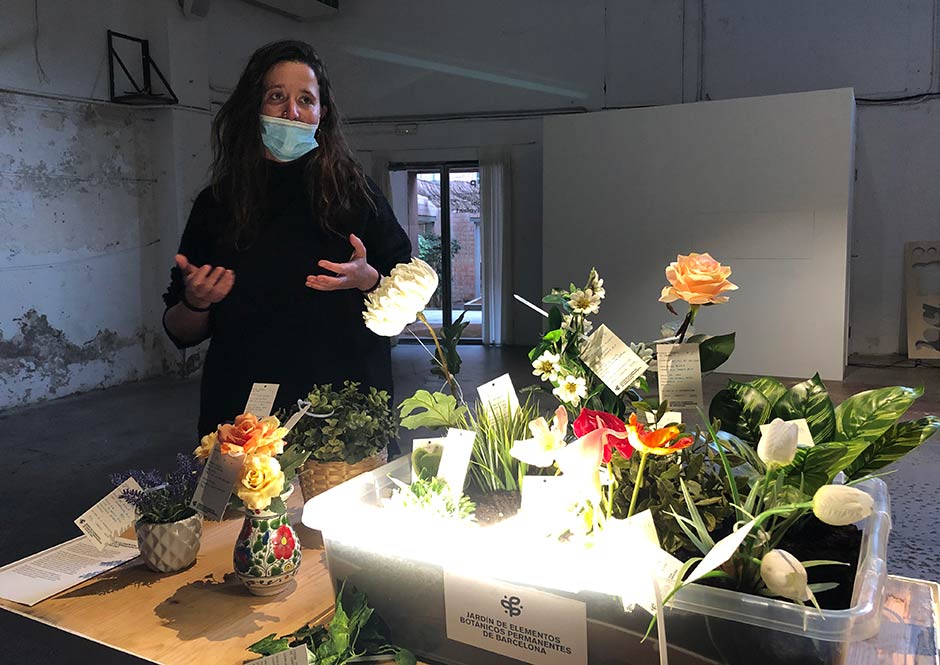
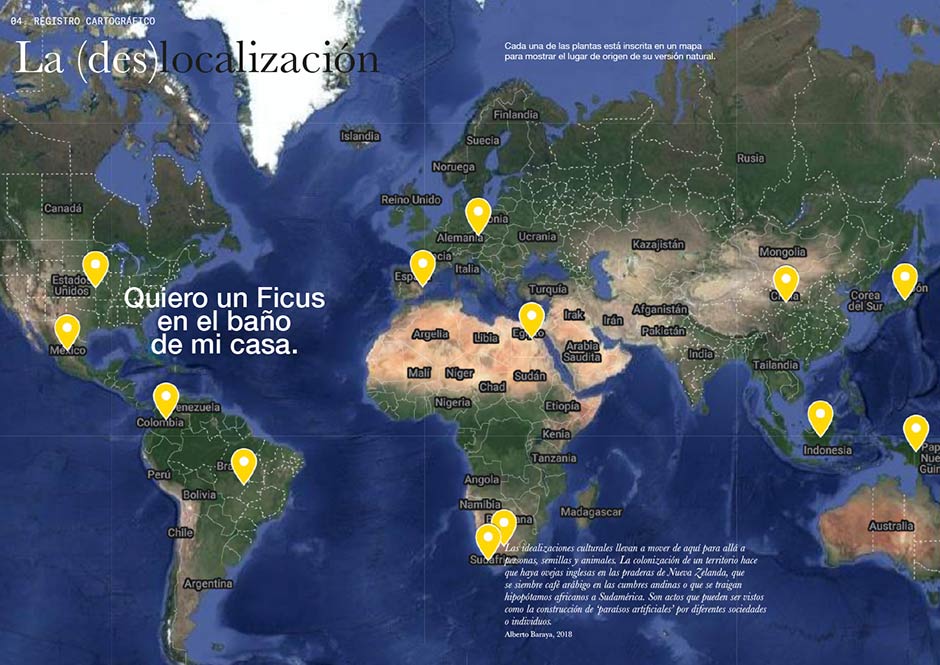
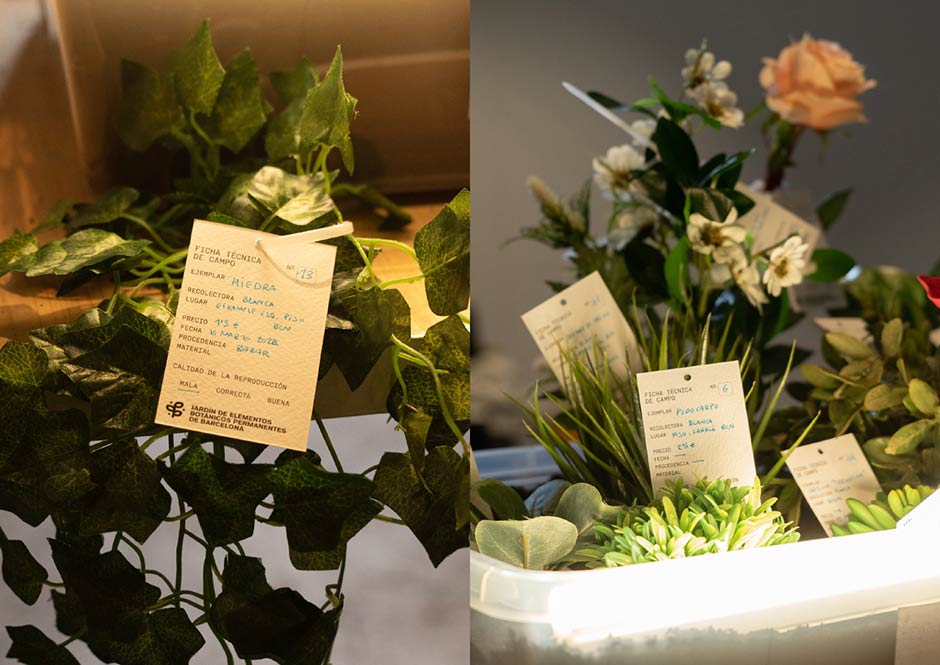
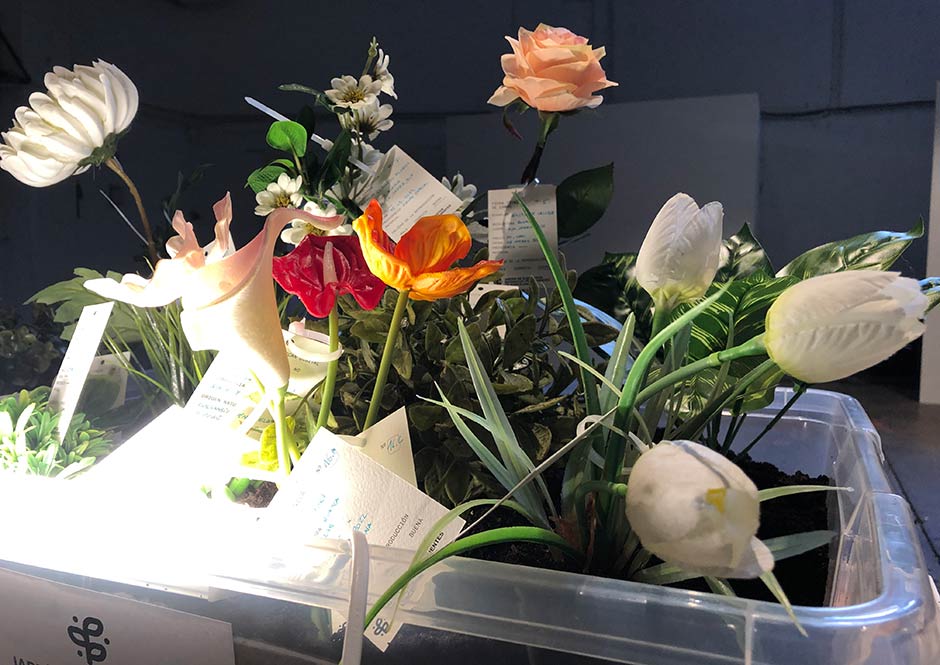
Asignatura: Diseño, Poder y Sociedad
Proyecto de investigación que cuestiona la relación de poder y los vínculos de intimidad entre lo humano y lo no-humano a través de elementos botánicos artificiales, haciendo uso de códigos e imaginarios que surgen de la relación humano y planta natural.
La investigación parte de la idea de poner en cuestión nuestra relación con las plantas artificiales dentro de los espacios domésticos. A partir de un ejercicio de diseño especulativo, la estudiante desarrolla el Jardín de Elementos Botánicos Permanentes de Barcelona. Con él quiere poner al alcance del visitante un pequeño recorrido que atraviesa diferentes miradas sobre la vegetación artificial que conforma, actualmente, el paisaje de los espacios domésticos y cotidianos de la ciudad de Barcelona. La función del Jardín es la de preservar y dar a conocer colecciones de plantas permanentes de todo el mundo. Entre sus objetivos principales destacan la conservación y documentación del patrimonio artifical de Barcelona, actuar como elemento difusor de la cultura botánica permanente y los vínculos íntimos generados con los humanos, promover el conocimiento y el respeto por los orígenes naturales de cada uno los elementos del jardín y los procesos de composición material, producción y distribución a lo que son sometidos.
Pasta Fría. Cocinas, residuos e impresión 3D
by Ana Otero
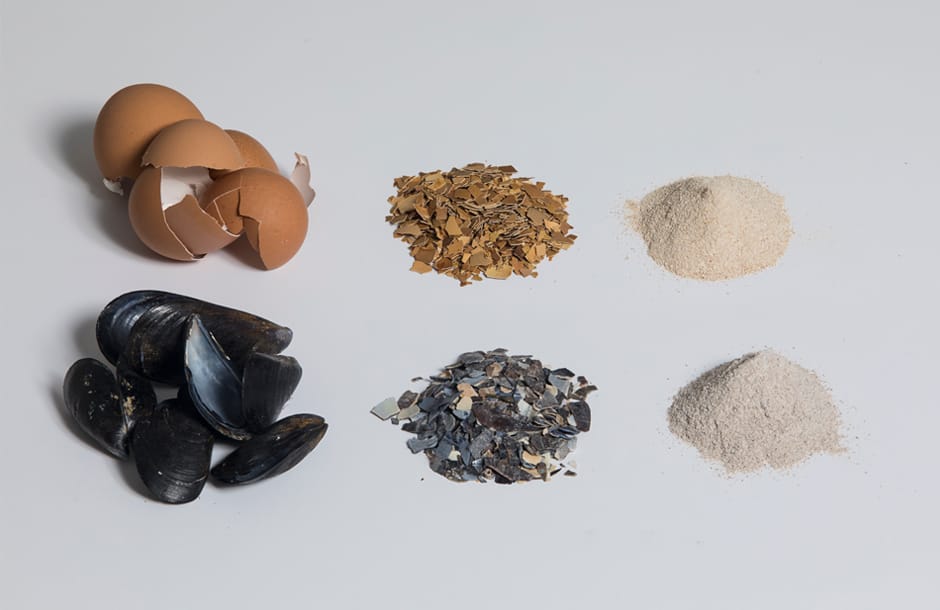
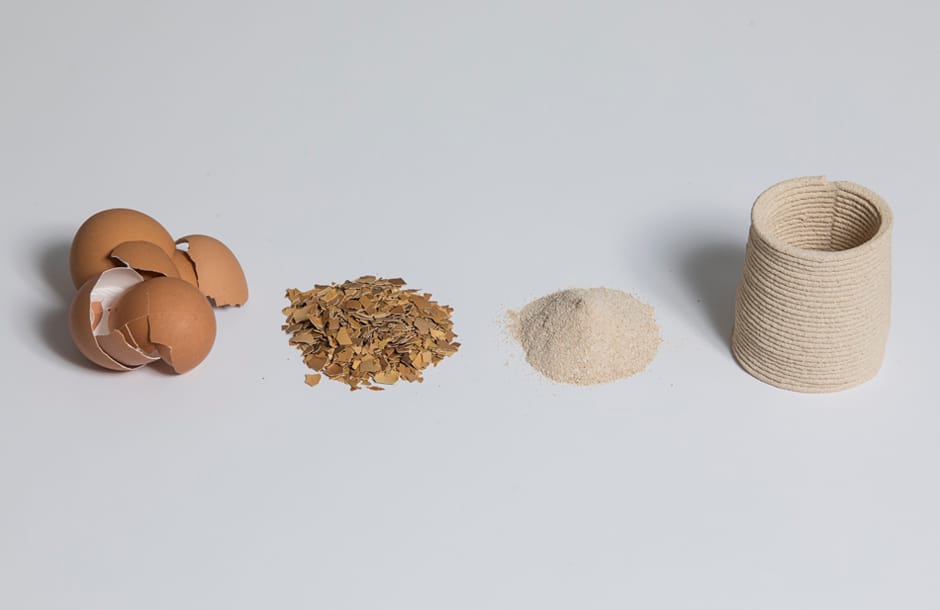
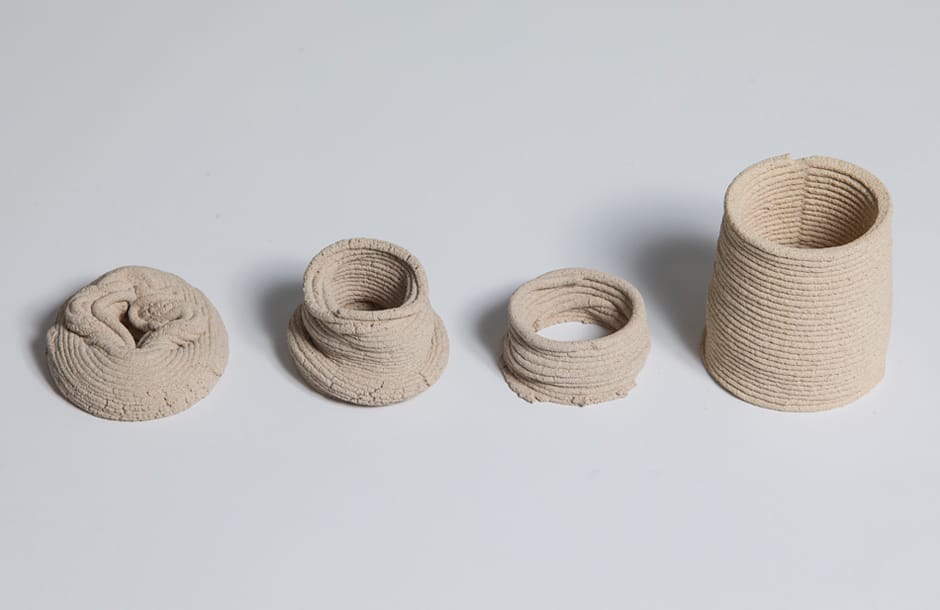
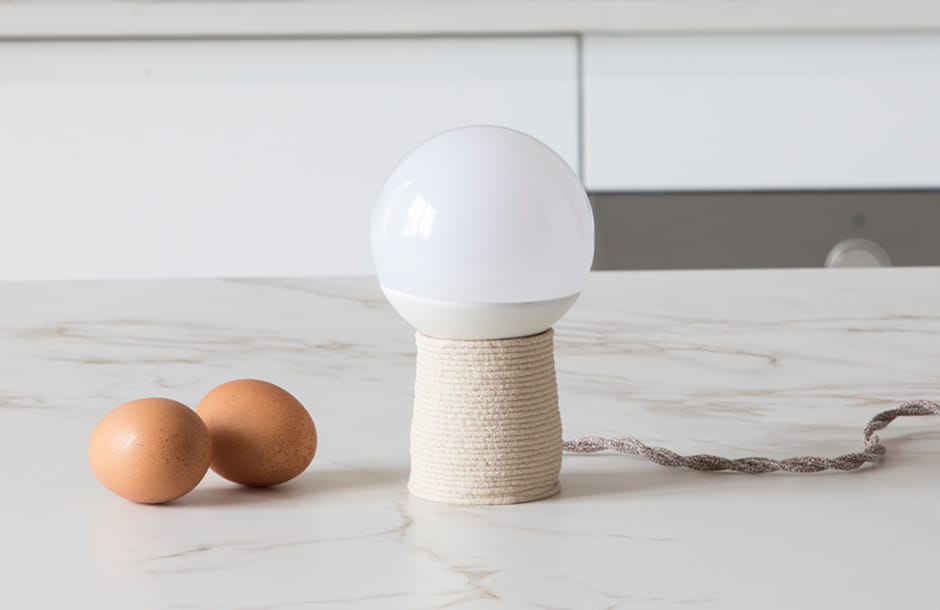
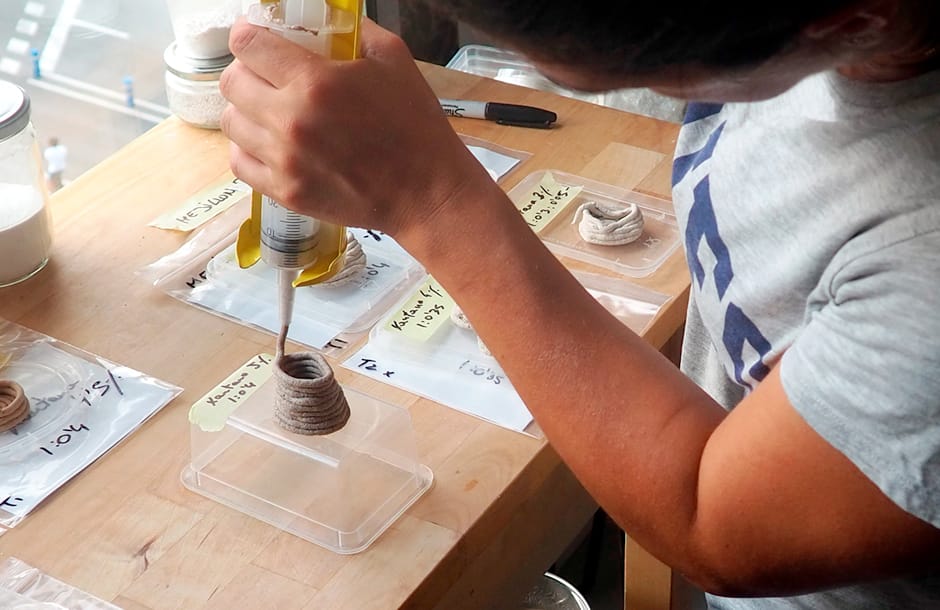
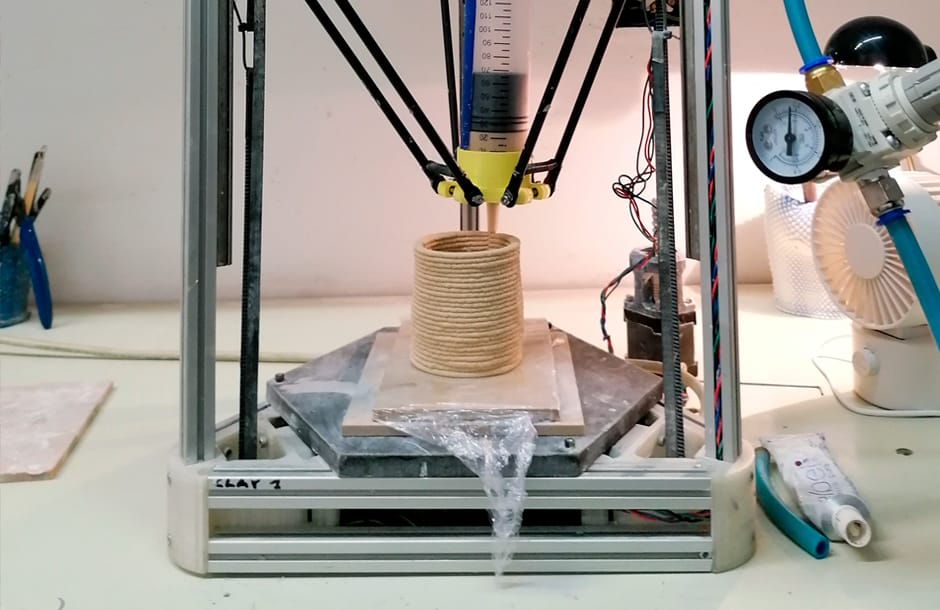
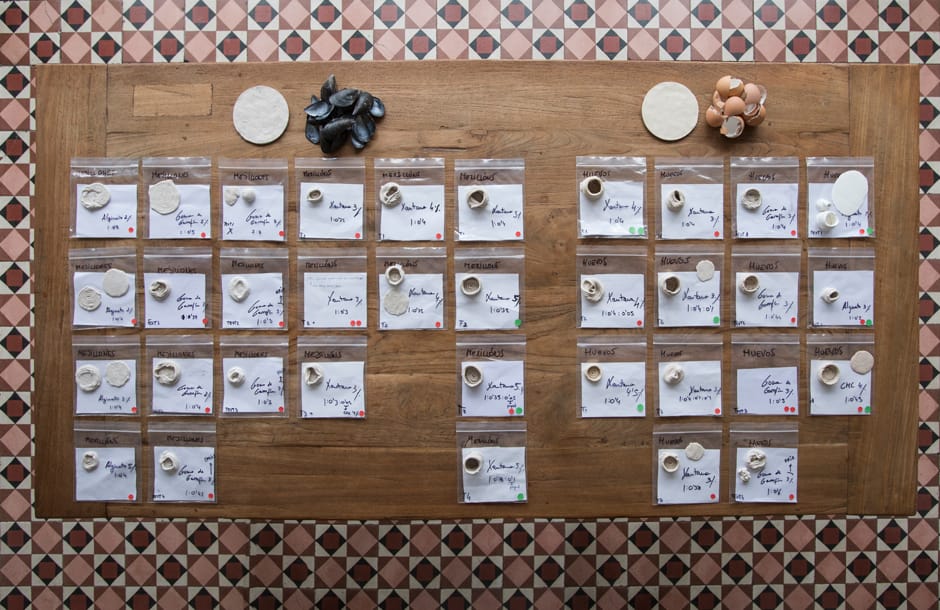
Scope of the project: Experimental purpose
Research methodology used: Material experimentation
Tutor: Carla Boserman
Objectives/Implications:
Climate change, loss of biodiversity, resource depletion and excessive accumulation of waste are some of the harmful effects of modern life. We need to face up to the challenge of reimagining and redesigning a political and economic system based on the over-exploitation of resources and the generation of waste, but also to reimagine our relationship with natural systems. In this context, design must act as an agent of change and help to build an alternative model that will enable sustainable progress. The ecological crisis therefore requires more attention to be paid to the political and economic frameworks on which the current system is based, but also to materials and manufacturing processes. Can design practice be understood as a process of political activism? What about cooking? What if we design on the basis of relationships of interdependence and care? What are the affective forces and agency capacities generated by the links with the material? What if we replace the studio or laboratory with the kitchen?
Abstract:
Pasta Fría is committed to an expanded conception of materiality on the basis of a sustainable design approach in order to contribute to the exploration of DIY materials that seek to change the way we produce and consume. To do so, research and material experimentation has been developed from a circular and self-production perspective - reusing food waste, in particular mussel shells and eggshells, to transform it into a biomaterial for 3D printing. The experimentation is located in the kitchen, converted into an experimental circular laboratory, and seeks to valorise the process and its times. The result is a functional recipe for 'cooking' a biomaterial for ceramic 3D printers from egg shells and a food additive commonly used in gastronomy.
Keywords:
Biomaterials / Kitchens / Material experimentation / 3D printing / waste
Conservando la guerra
by Santi Lunares
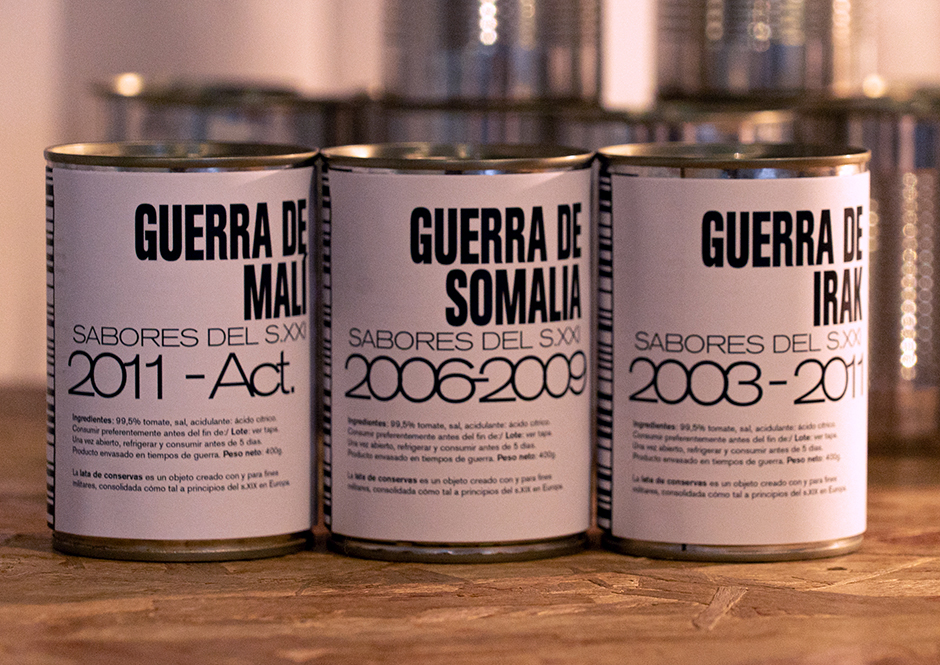
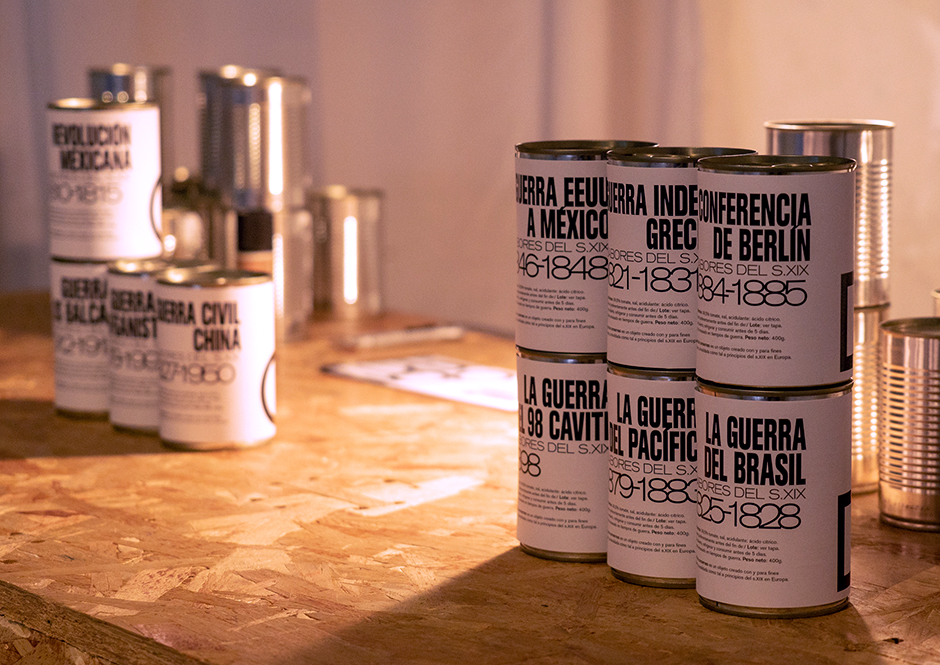
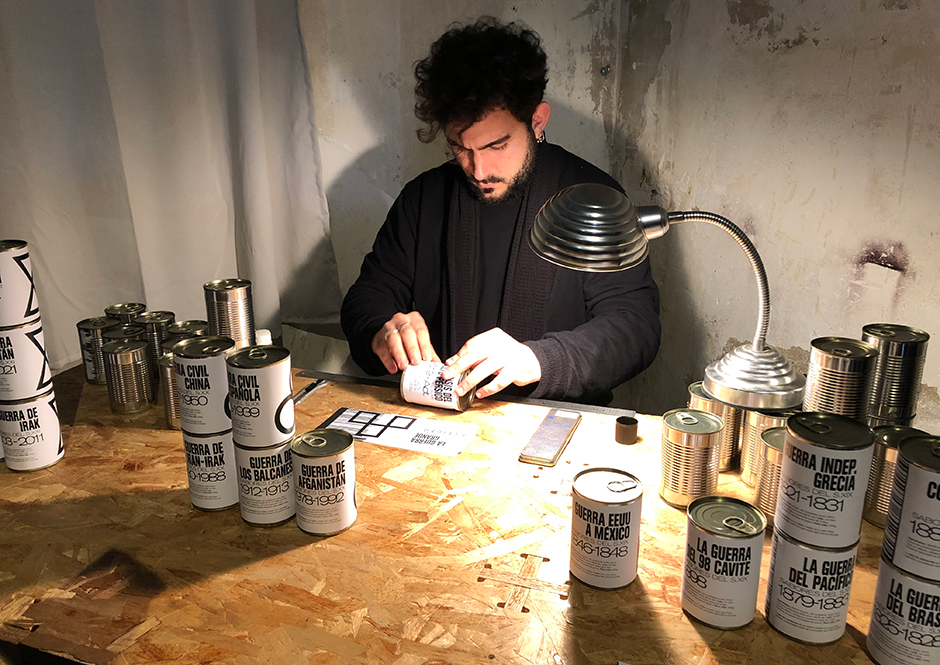
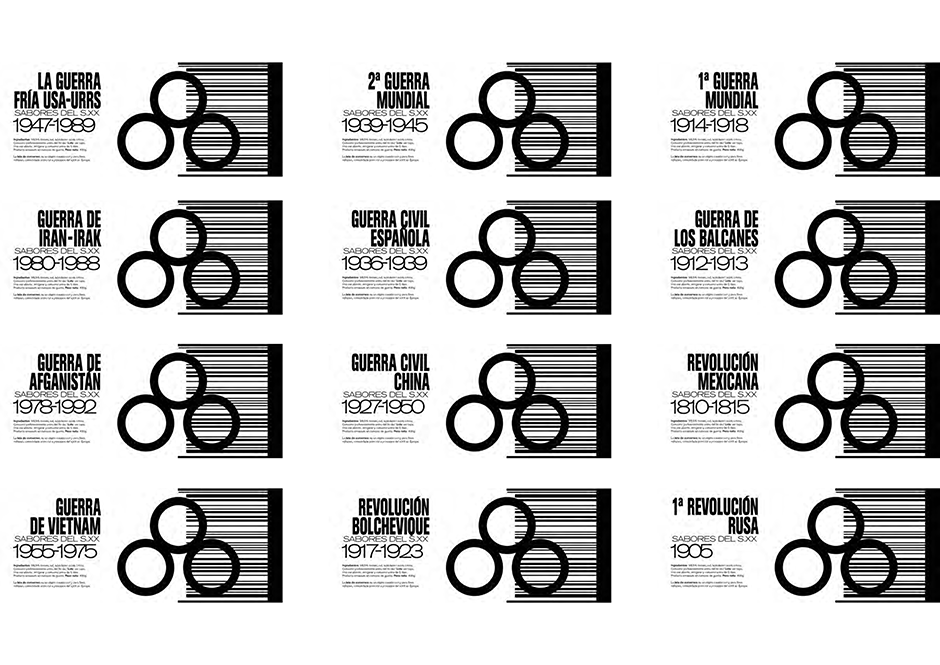
Muchos de los objetos cotidianos que nos rodean tienen un origen militar o han sido creados con fines relacionados con el poder y las guerras. Uno de ellos es la lata de conservas, invento para preservar los alimentos creado con el fin de mantener a los ejércitos más tiempo en el campo de batalla y lograr así una expansión más eficaz. Fue Napoleón, en su afán de poder, quien ofreció 12.000 francos de la época a aquél que idease un sistema capaz de conservar alimentos largo tiempo, si bien existen indicios de que a mediados del s. XVIII ya se empezaron a usar métodos de almacenamiento.
La investigación realizada sobre las latas de conserva creadas con un afán de poder y convertidas en símbolo de abundancia del sistema capitalista, lleva al estudiante a proponer una instalación compuesta por una colección de 36 latas de salsa de tomate en conserva, divididas en 3 grandes “sabores”, siglos XIX, XX y XXI, en los que se engloba una selección de 12 conflictos bélicos por época. A través de ella, el estudiante se pregunta si podríamos entender la sociedad contemporánea sin la lata de conserva.
Asignatura: Diseño, Poder y Sociedad
Lolas. Teticentrismo
by Marina Gil (noquedatinte)
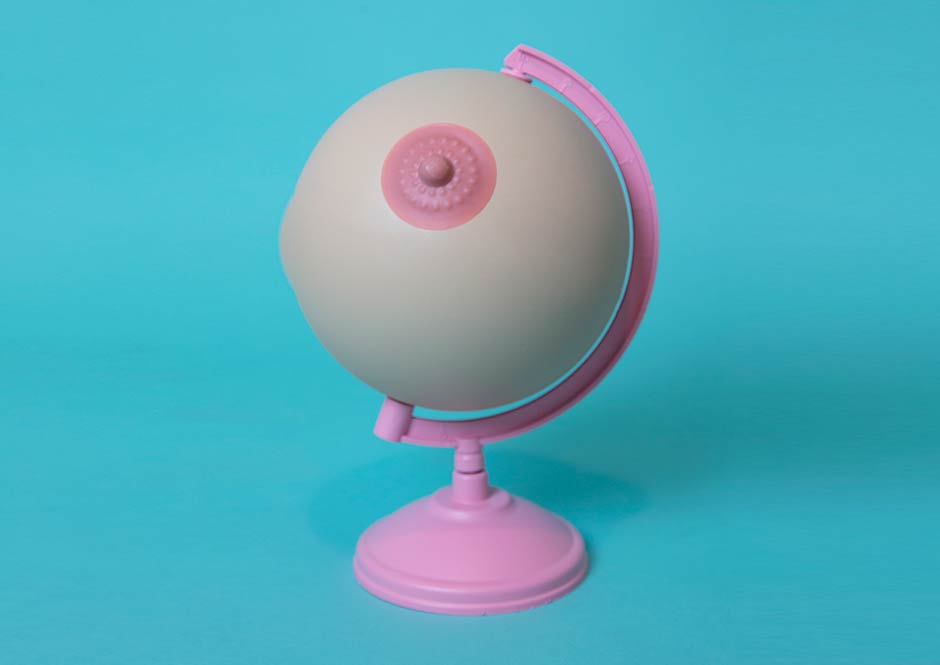
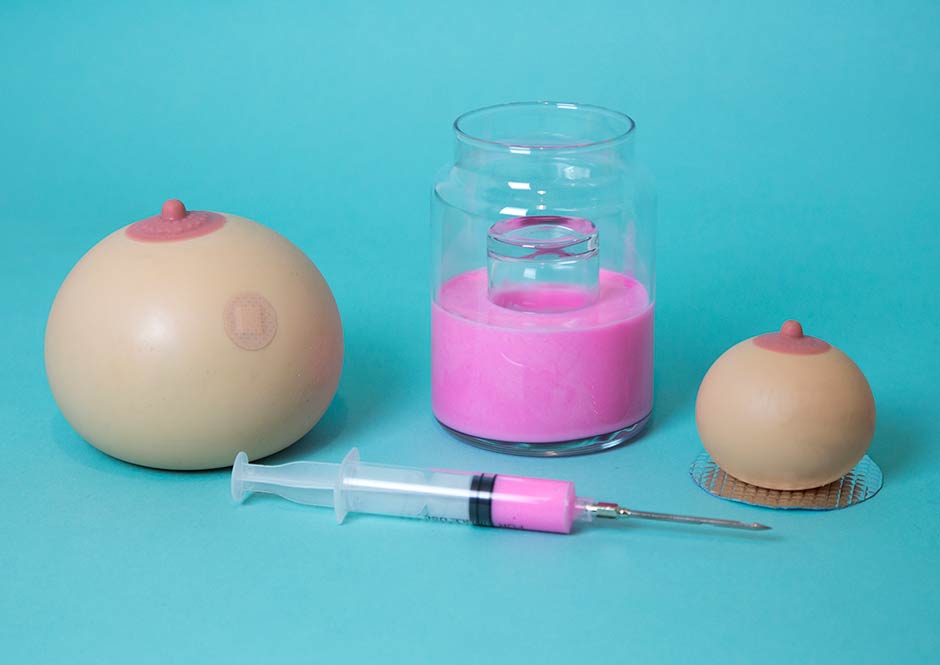
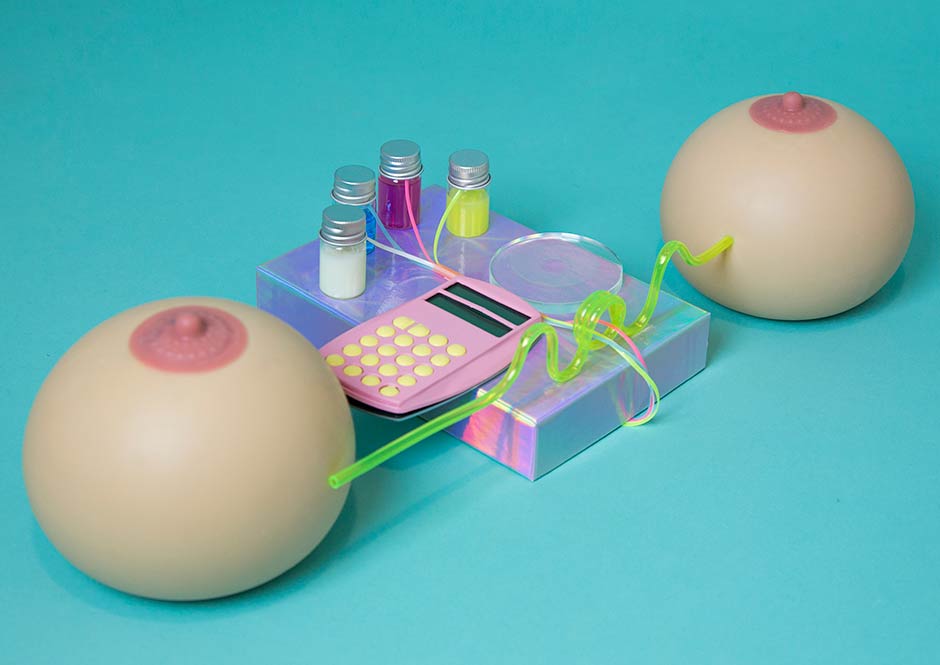
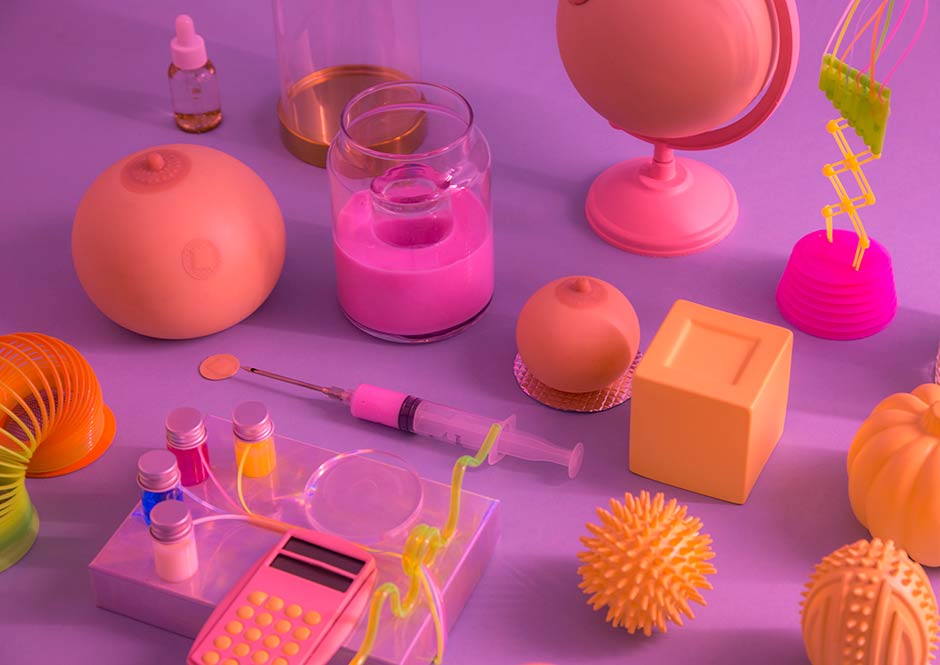
Diseño ficción, crítico y especulativo
El diseño especulativo nos permite trabajar sobre unos futuros probables, posibles y deseables. De esta forma, el diseño juega un papel experimental y pasa a ser un escenario en el que se resuelven problemas y donde se formulan nuevas preguntas.
A través de la ficción, se desarrolla esta propuesta de descentramiento humano, que sitúa a el pecho como centro y medida de todas las cosas.El proyecto pretende realizar un diseño especulativo que gira en torno a la idea de crear una serie de gatches que empoderen al pecho y lo doten de la capacidad (o no) de modificar su propio ser. Hacer que pueda tener el poder de decisión sobre su condición intrínseca como pecho. ¿Qué pasa si un pecho quiere dejar de ser maternal y si no quiere ser redondo?, ¿qué pasa si quiere ser cuadrado?, ¿podría pasar desapecibido?, ¿y decidir sobre el número de pezones que quiere tener?
Los artesanos mecánicos
by Xènia Dols
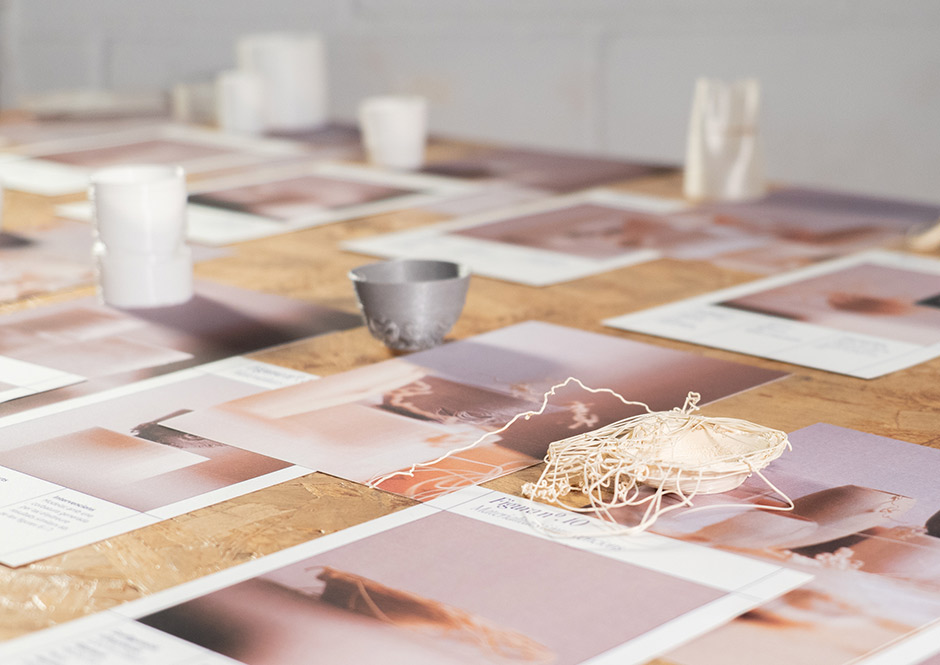
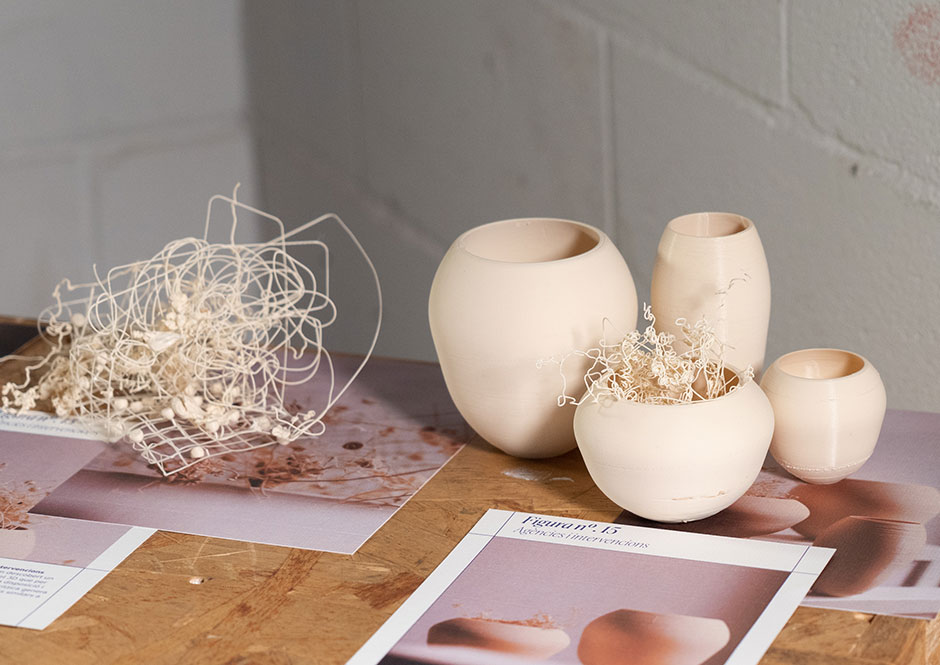
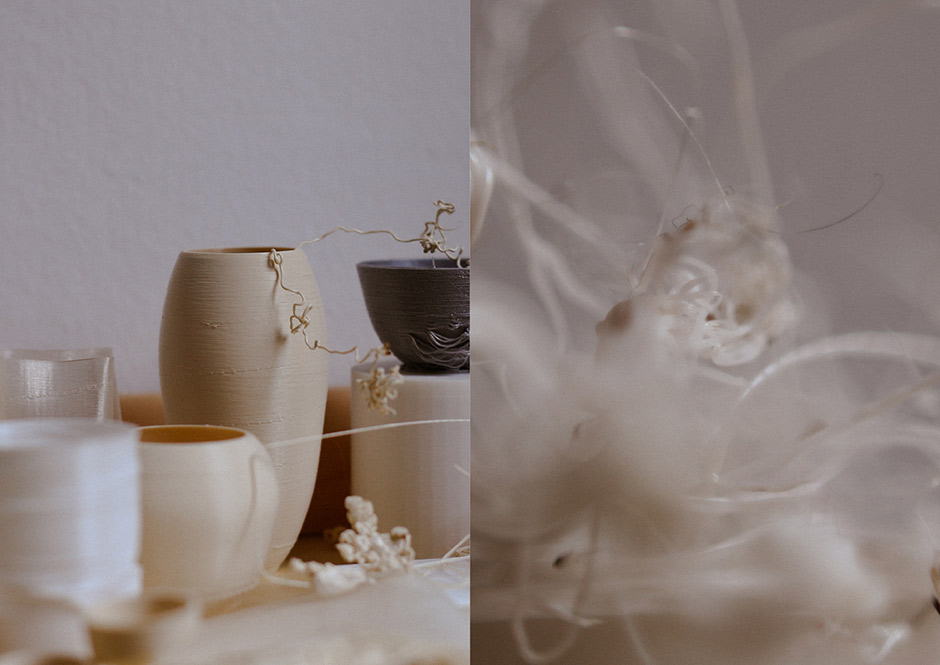
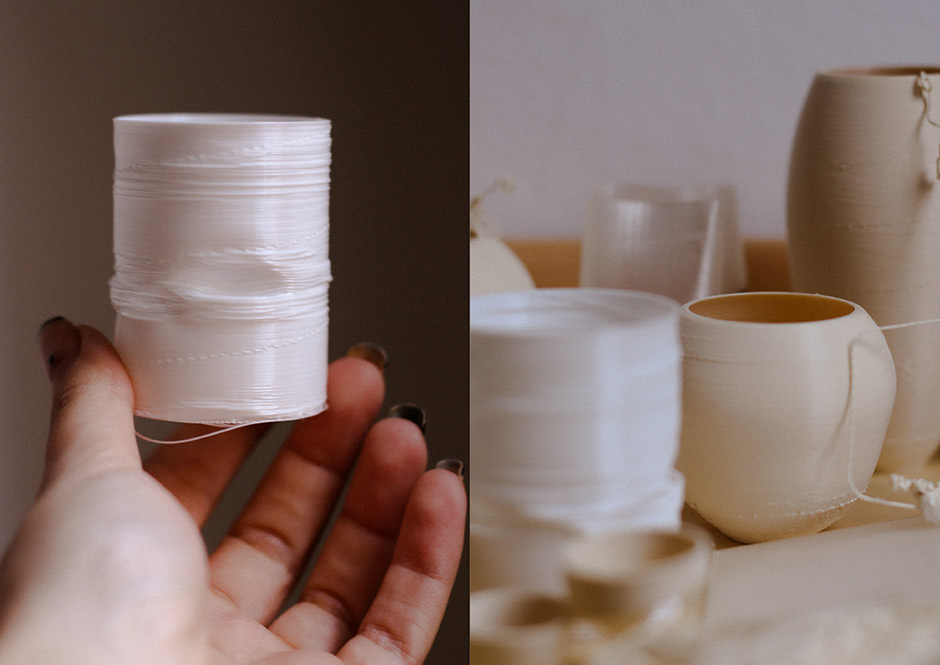
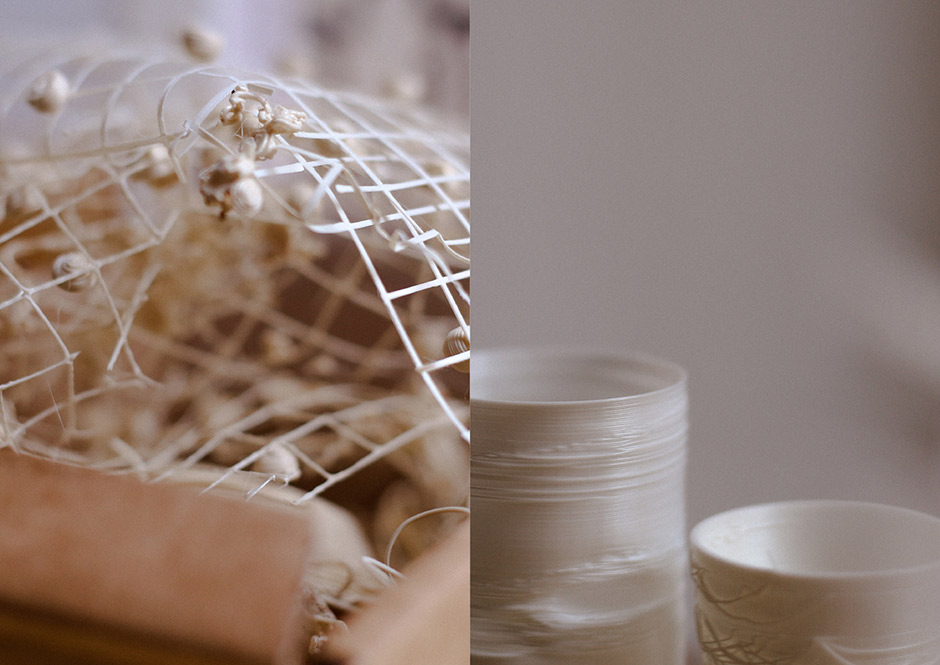
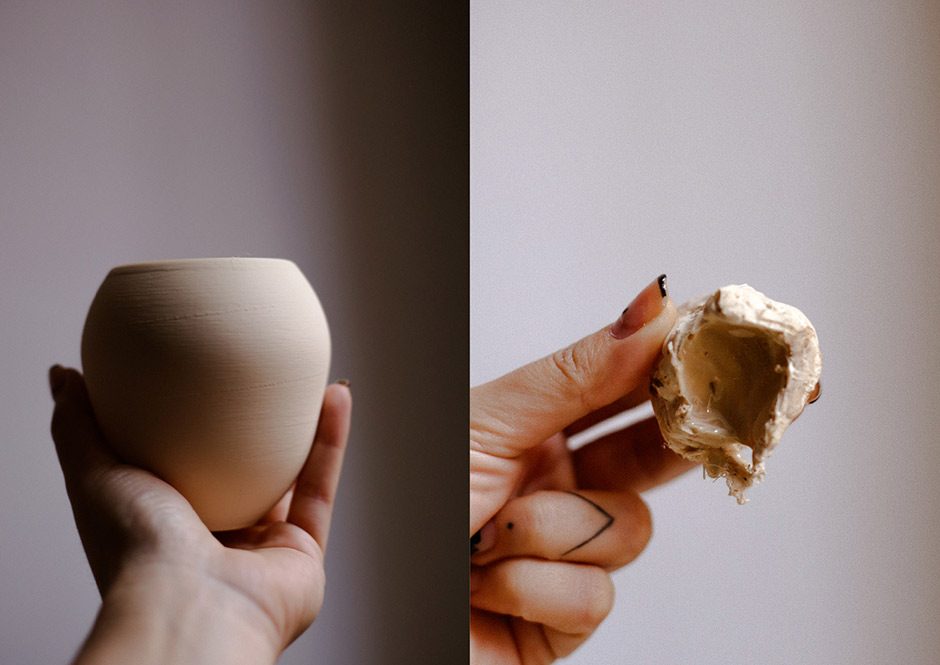
Asignatura: Fabricación y prototipado
Con el fin de generar objetos absurdos como crítica al capitalismo y al solucionismo tecnológico, la estudiante decide investigar el origen de los materiales, la sostenibilidad y, sobre todo, entrar en contanste conflicto con la máquina como forma de aprender, y no sólo de generar frustración por no conseguir un resultado óptimo, en el entorno de un FabLab.
La investigación parte de la intención de simular materiales cotidianos y conseguir la manera de traducir métodos artesanales a un formato digital. Partiendo de la definición de artesano que realiza Richard Sennett (The Craftsman), según la cual artesano es aquel que tiene una perfecta conexión entre su mente y la mano para poder llegar a realizar una réplica exacta de la imagen que habita en su cabeza, la estudiante investiga la agencia de una impresora 3D, tratándola como una nueva forma de entender la artesanía: el artesano mecánico. Por ello, reproduce diferentes objetos del imaginario colectivo del ámbito de la artesanía, con sus correspondientes materiales (cerámica, mimbre, cristal, madera), con el objetivo de generar una investigación focalizada en la relación entre el objeto, su materialización y la impresora 3D. Finalmente, acaba generando nuevos objetos cotidianos de un nuevo imaginario en el ámbito de la artesanía mecánica.
4D Programmable bioplastic
by Shanna Lancian
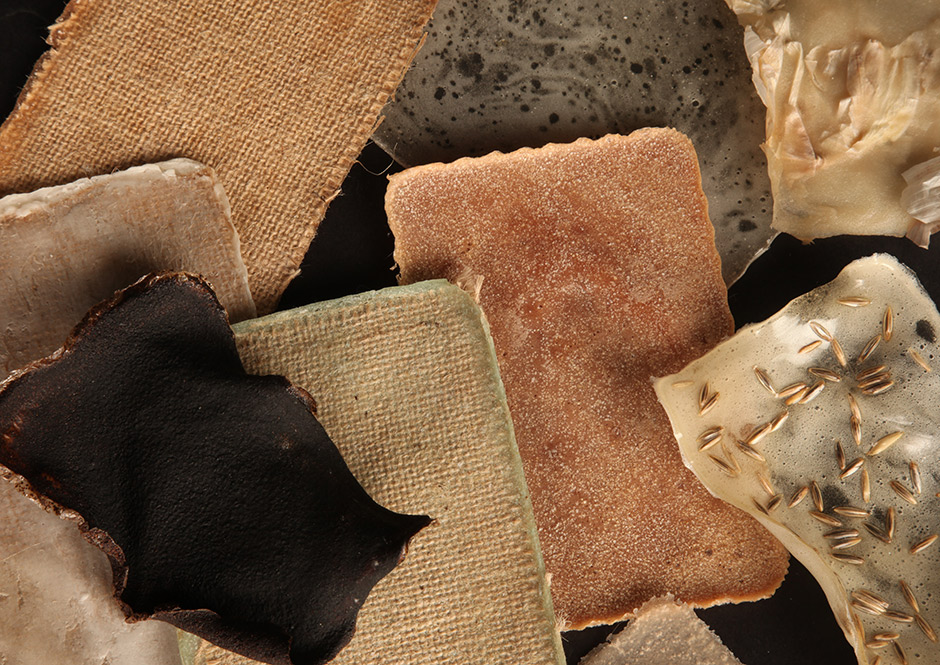
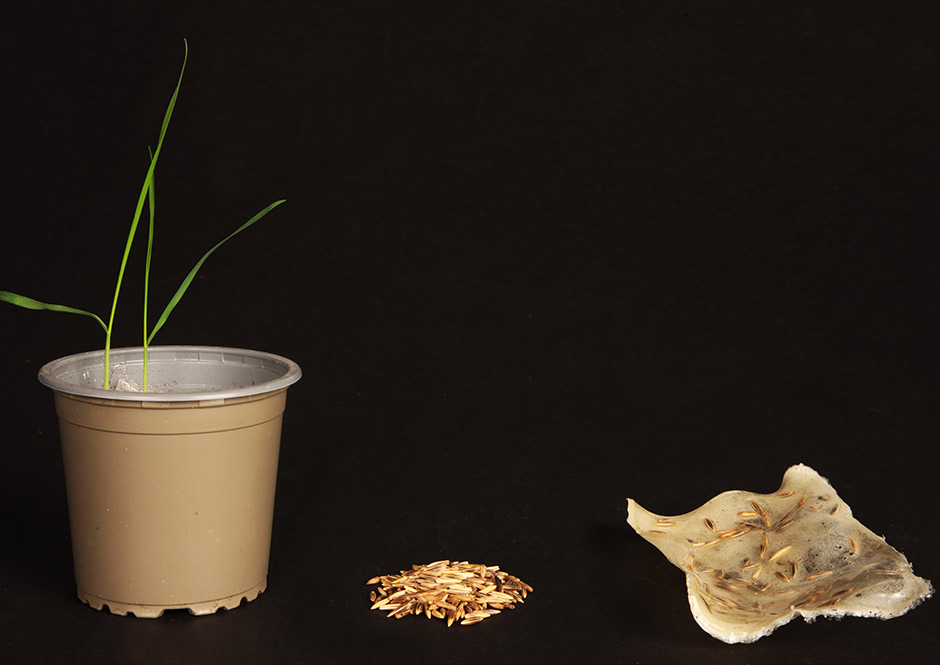
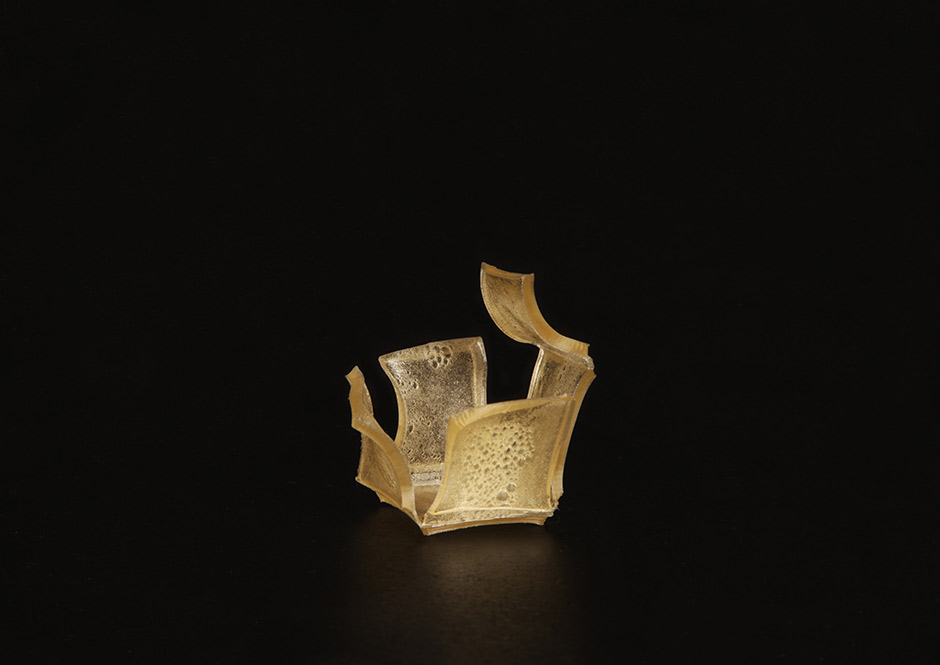
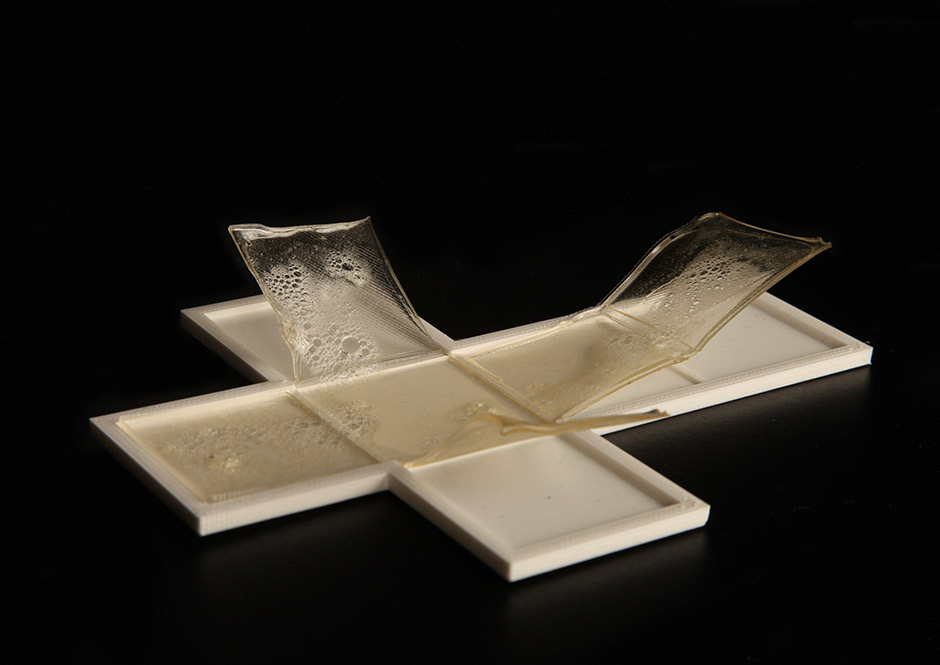
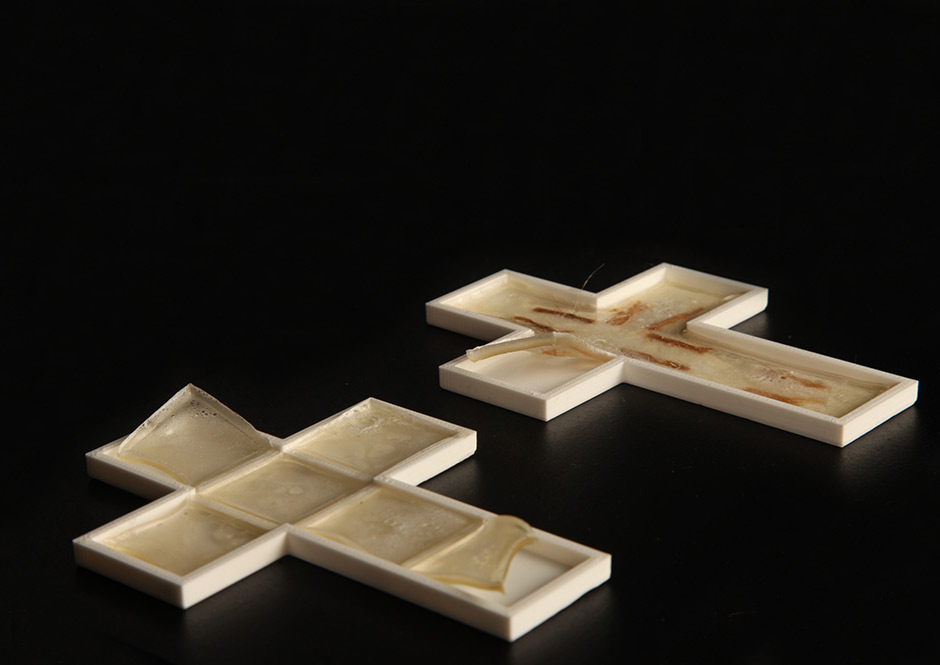

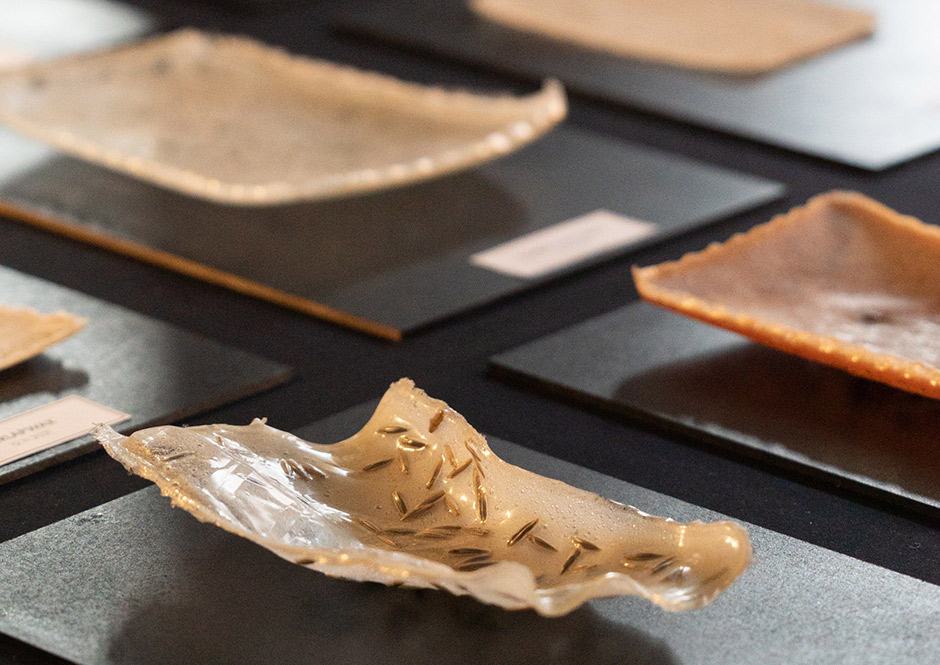
Asignatura: Fabricación y Prototipado
En el contexto sociopolítico contemporáneo, el plástico sigue siendo uno de los residuos más contaminantes, siendo los países desarrollados los que más contribuyen a esta crisis. La supresión del plástico sigue siendo un gran reto, por lo que científicos, diseñadores, ingenieros, entre otros, buscan constantemente soluciones alternativas a su producción masiva.
Por ello, la estudiante Shanna Lancian, consciente de la importancia de actuar aunque sea a pequeña escala, decide experimentar con la fabricación de bioplástico a partir de pequeñas, sencillas y variadas recetas, que pueden modificarse infinitamente, disponibles como material de código abierto. El objetivo principal: conseguir un bioplástico de calidad y fácil de usar en la fabricación digital y, con ello, poder crear envases biodegradables.
En su experimentación consigue llevar el bioplástico a su máxima expresión; la alianza entre el fablab y la materialidad le permite pasar de una simple receta disponible en «código abierto» a la creación de un recipiente, en concreto, de un cubo.
Exploraciones circulares
by Pau Ruiz
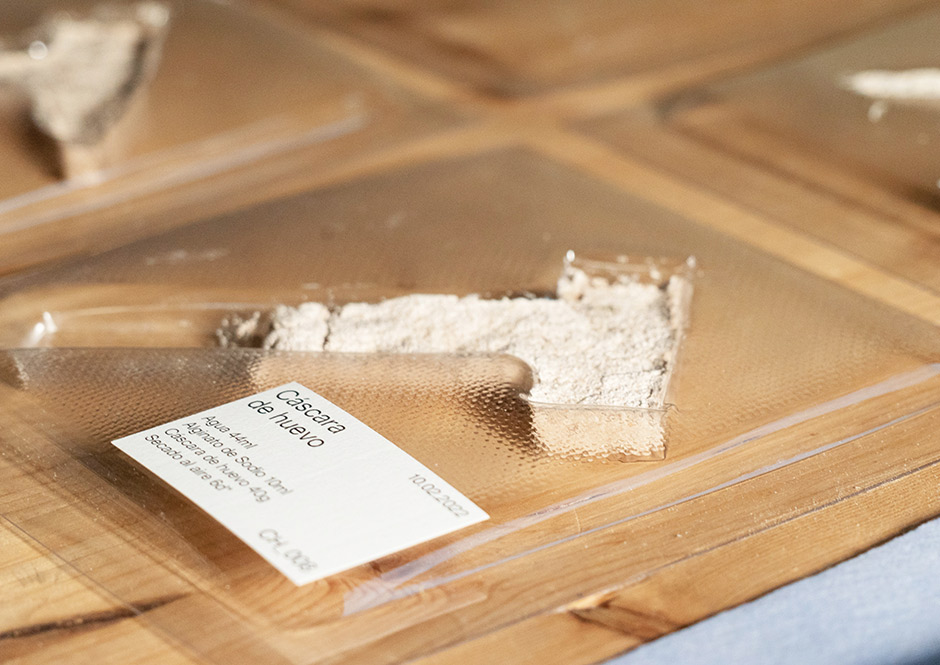
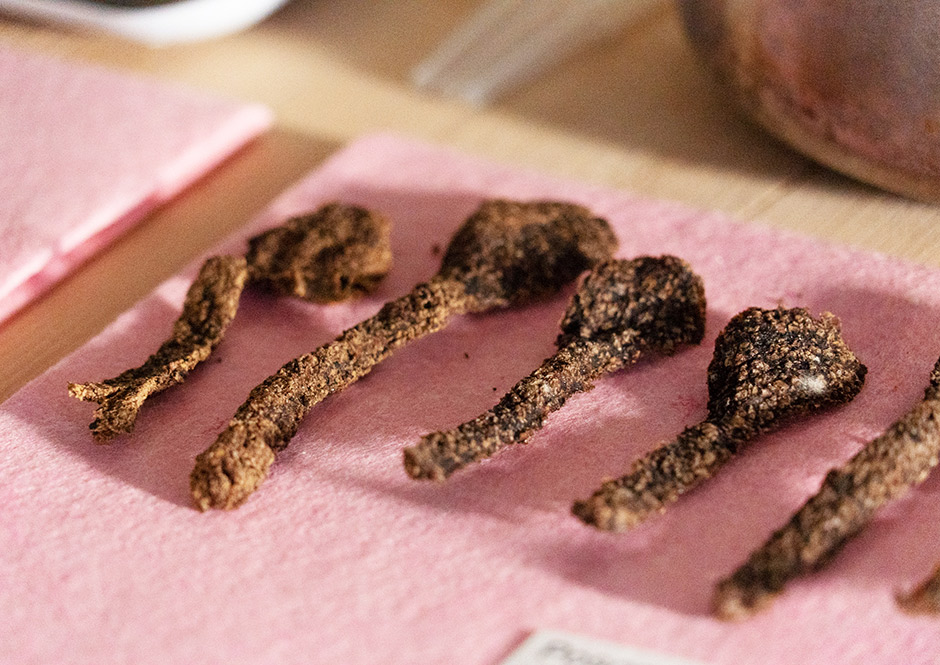
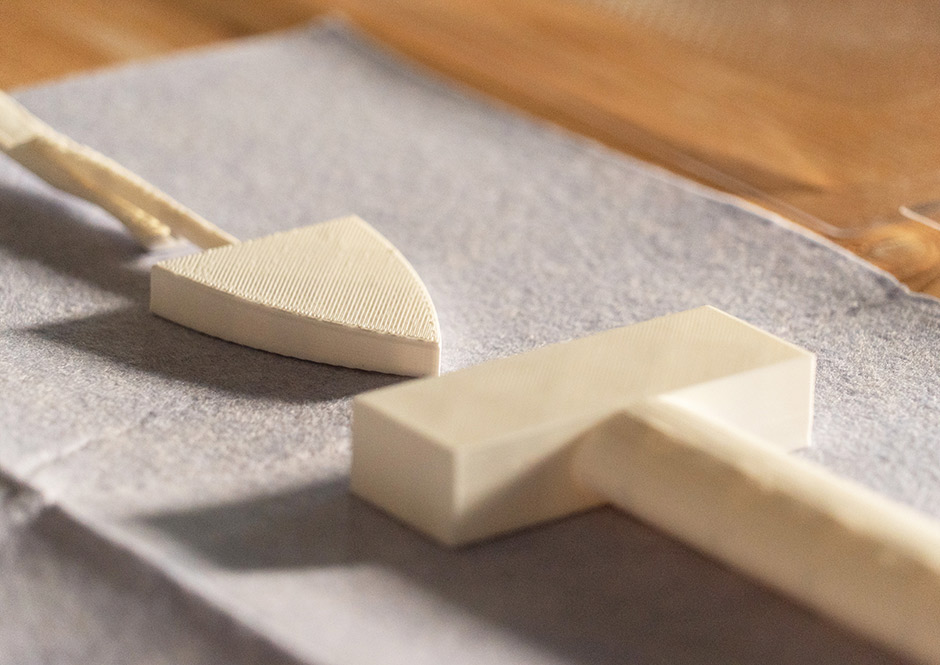
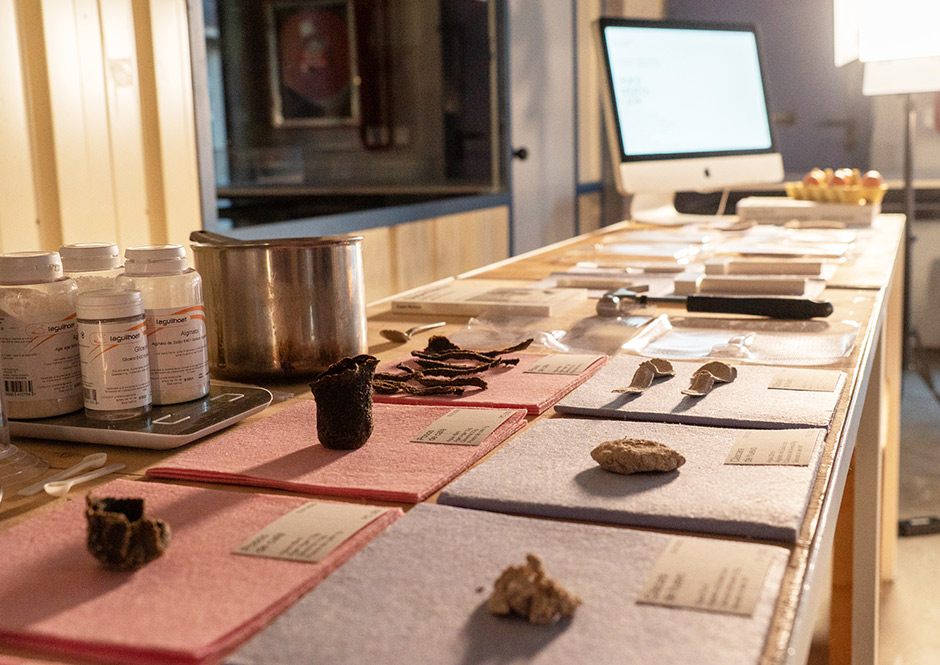
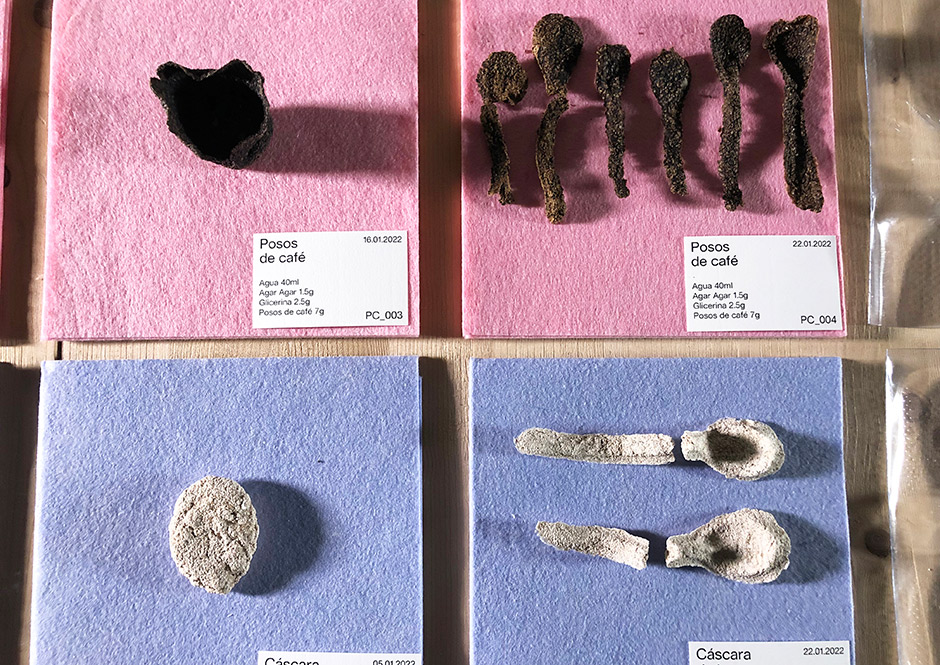
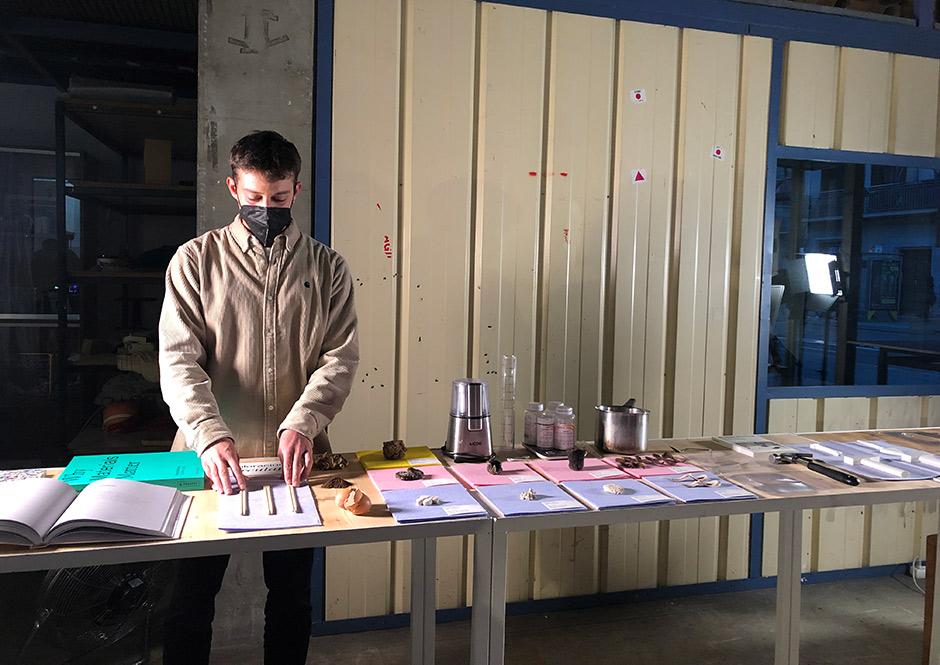
Asignatura: Fabricación y Prototipado
Exploraciones Circulares surge de un proceso de experimentación material que pretende investigar sobre la accesibilidad de los procesos de diseño gracias a las herramientas de fabricación digital y la información que se encuentra en abierto. En concreto, pone el foco en la sostenibilidad y la circularidad de los procesos, tra-bajando con materiales que provienen de residuos orgánicos y que ellos mismos definen y alternan las propiedades del prototipo final.
Es un proyecto de investigación basado en la experimentación material, en el que se analiza la atemporalidad de los productos, la importancia de la selección de los materiales y pone en crisis la metodología de diseño clásica que afirma que la forma debe seguir la función. Mediante este proyecto se cambia la metodología de trabajo bajo la premisa de experimentar sin pensar en el resultado final; de esta manera las propiedades del material definen el objeto final, invirtiendo el proceso de diseño. Para poder ser sostenibles, es importante diseñar para el material y con la sostenibilidad en mente desde el inicio.
1 cm de costura
by Josep Pagà
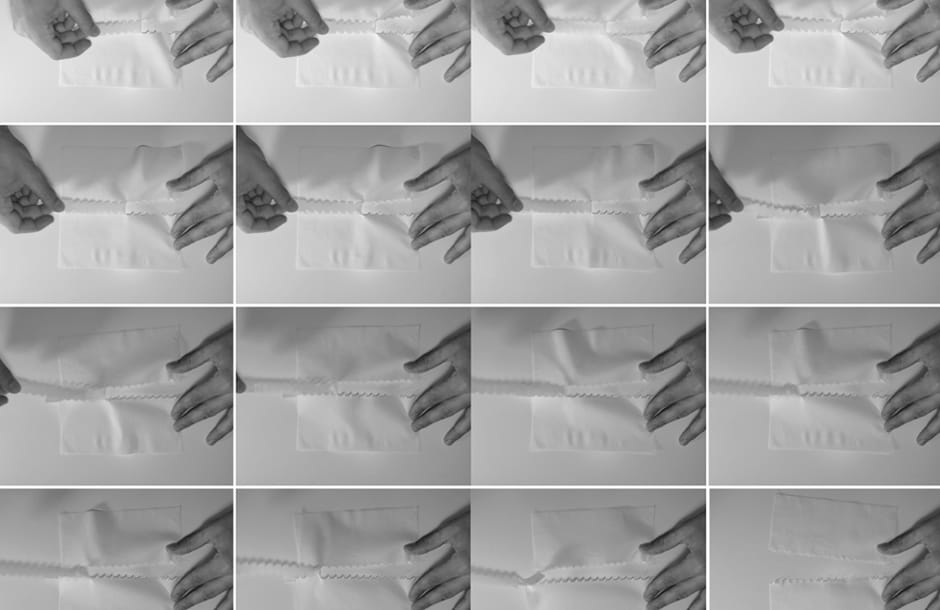
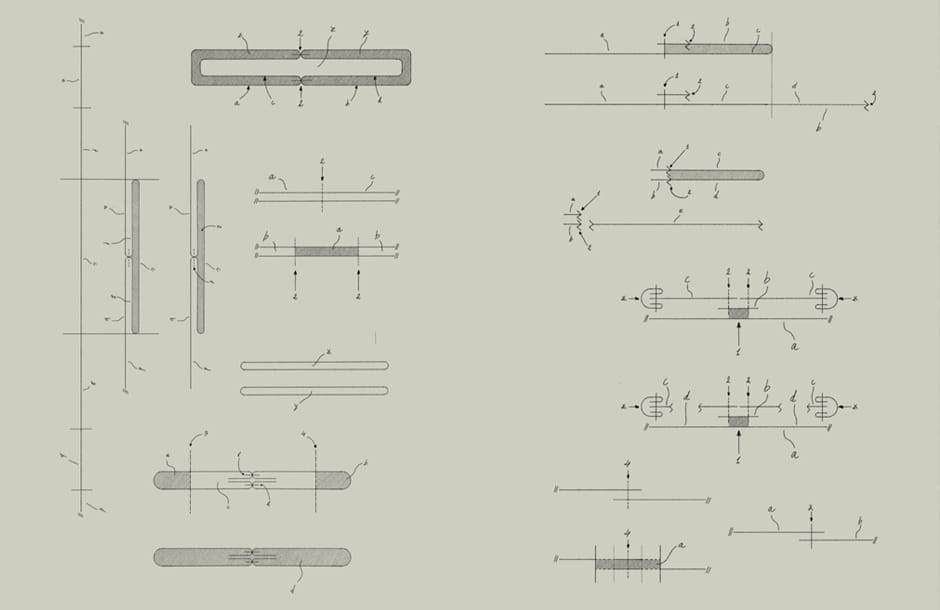
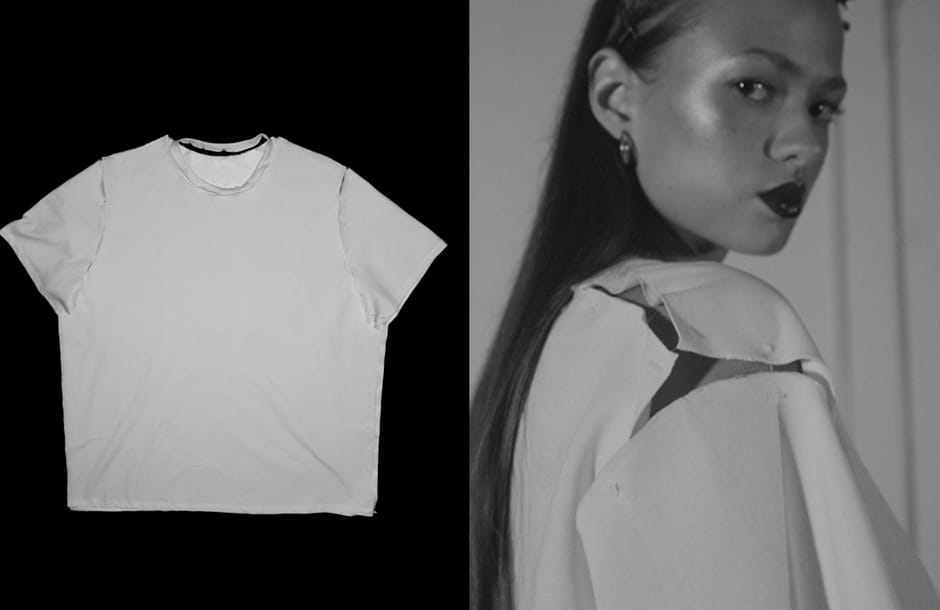
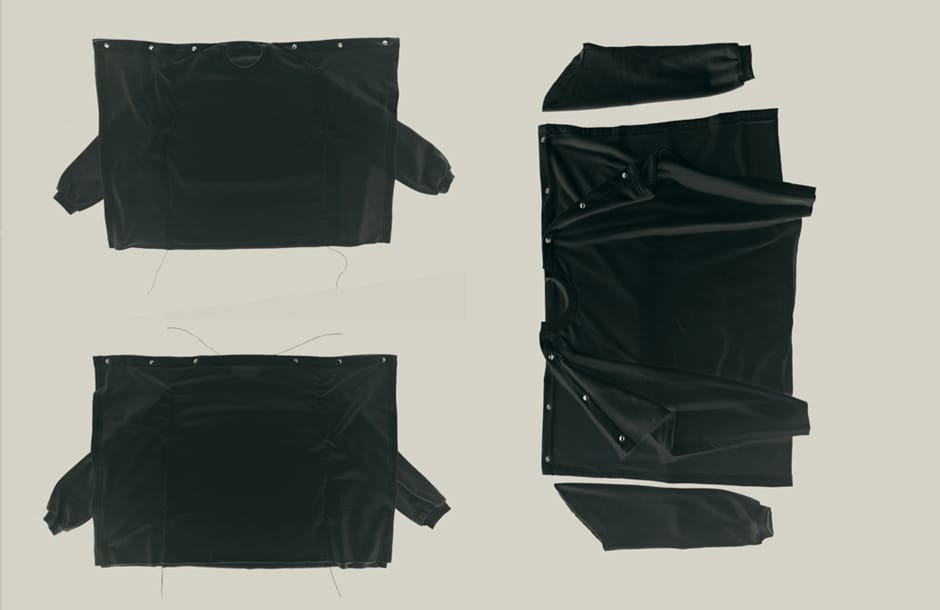
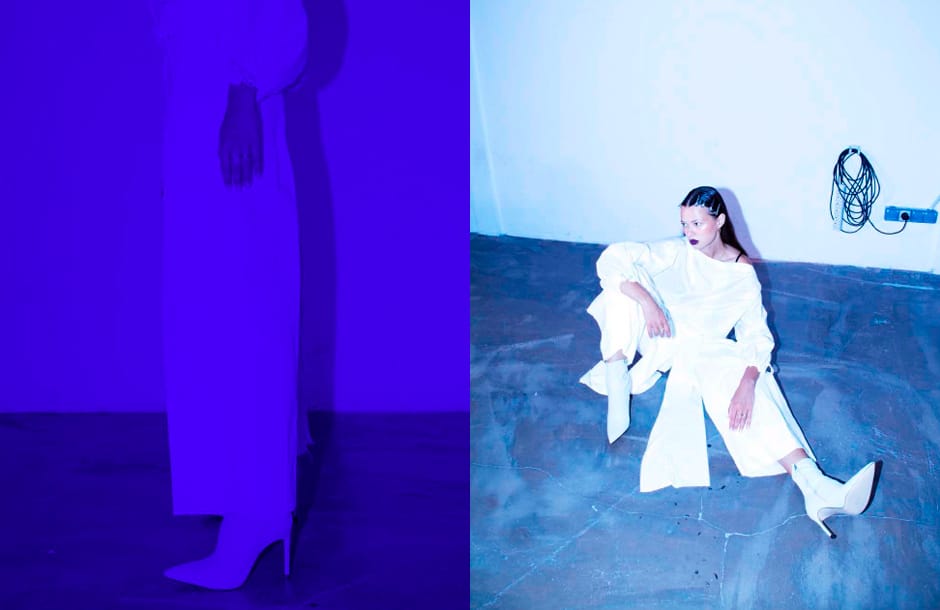
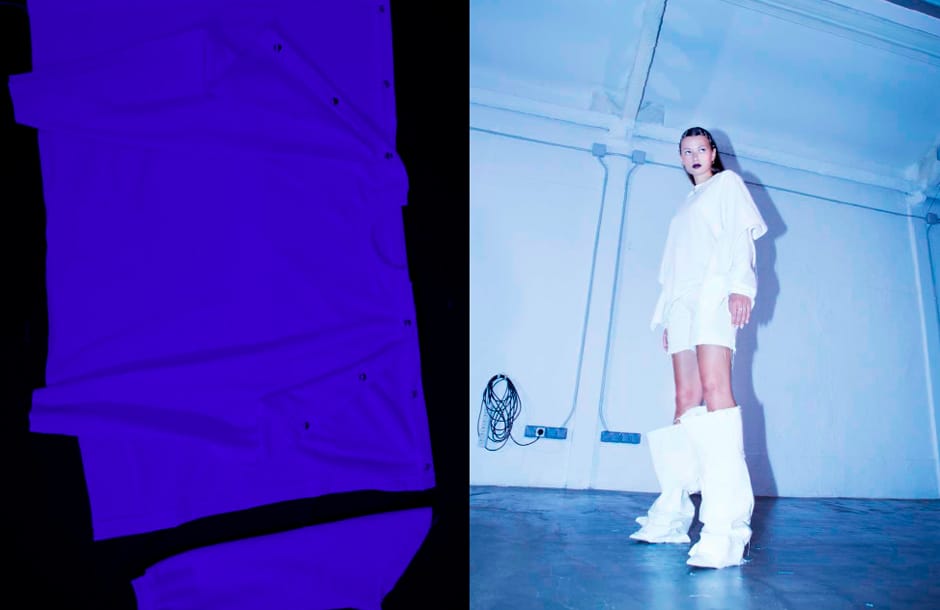
Scope of the project: Experimental purpose
Research methodology used: Material experimentation
Tutor: Camila René Maggi
Objectives/Implications:
To investigate with experimental practices and mobilise materialities related to fashion design in order to question its limits, languages and derived production systems.
Abstract:
It is truly complex and difficult to act from a position that attempts to generate long lasting objects. There are several examples of objects and products that have tried and failed, such as light bulbs, socks or razors. However, the approach launched through this research is that by altering the order established by the industry - in terms of clothing production - the conception of the obsolescence of the garments can also be altered. An important factor within the product's life cycle is the guarantee, considered as the social and political contract established between producer and consumer, in which the producer grants the consumer the minimum duration of the product's life. Through this material research on systems used to protect and guarantee the state of an object/product, probe objects are proposed which establish the relationship between subject and object in a hybrid state. The search for techniques and materialities to develop the probe objects stresses the clothing production system itself, focusing on small gestures and details such as the sewing machine and how it perforates the knowledge, the body and the clothing designer profession.
Keywords:
Material experimentation / Tools / Machinism/ Processes